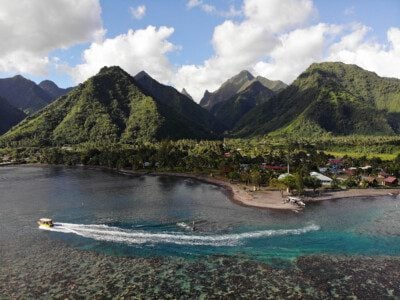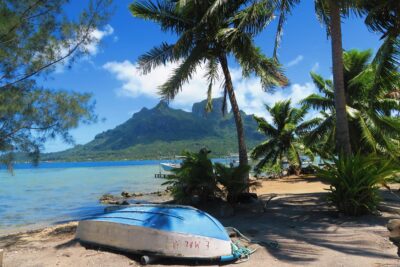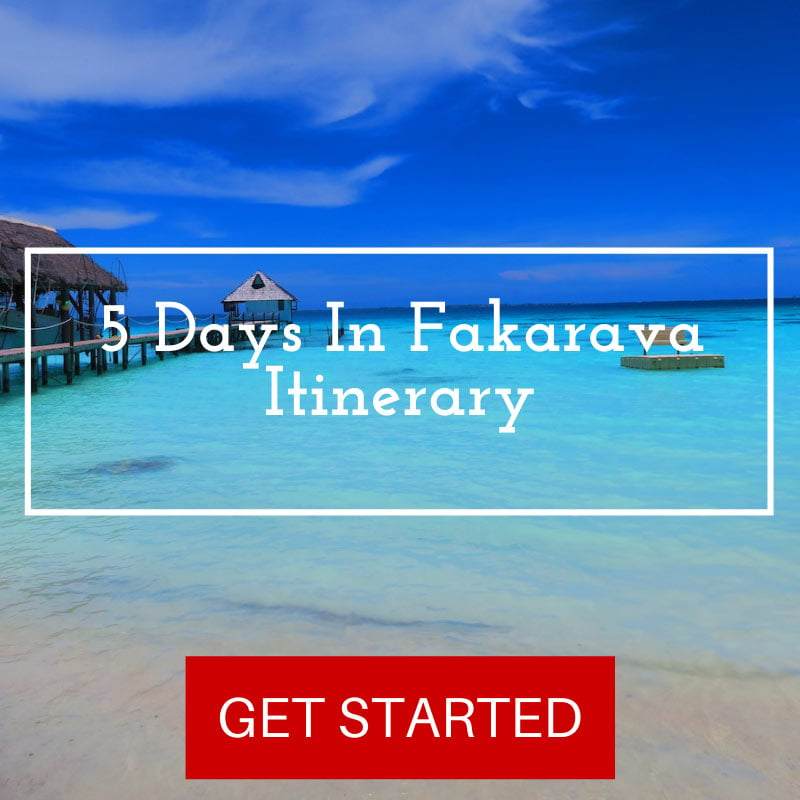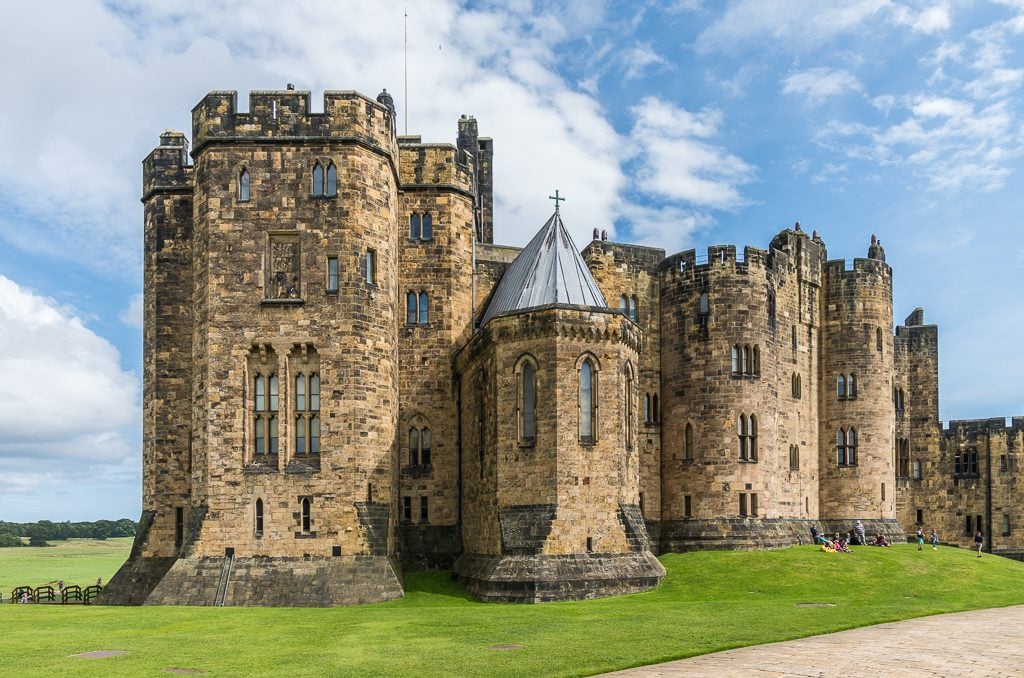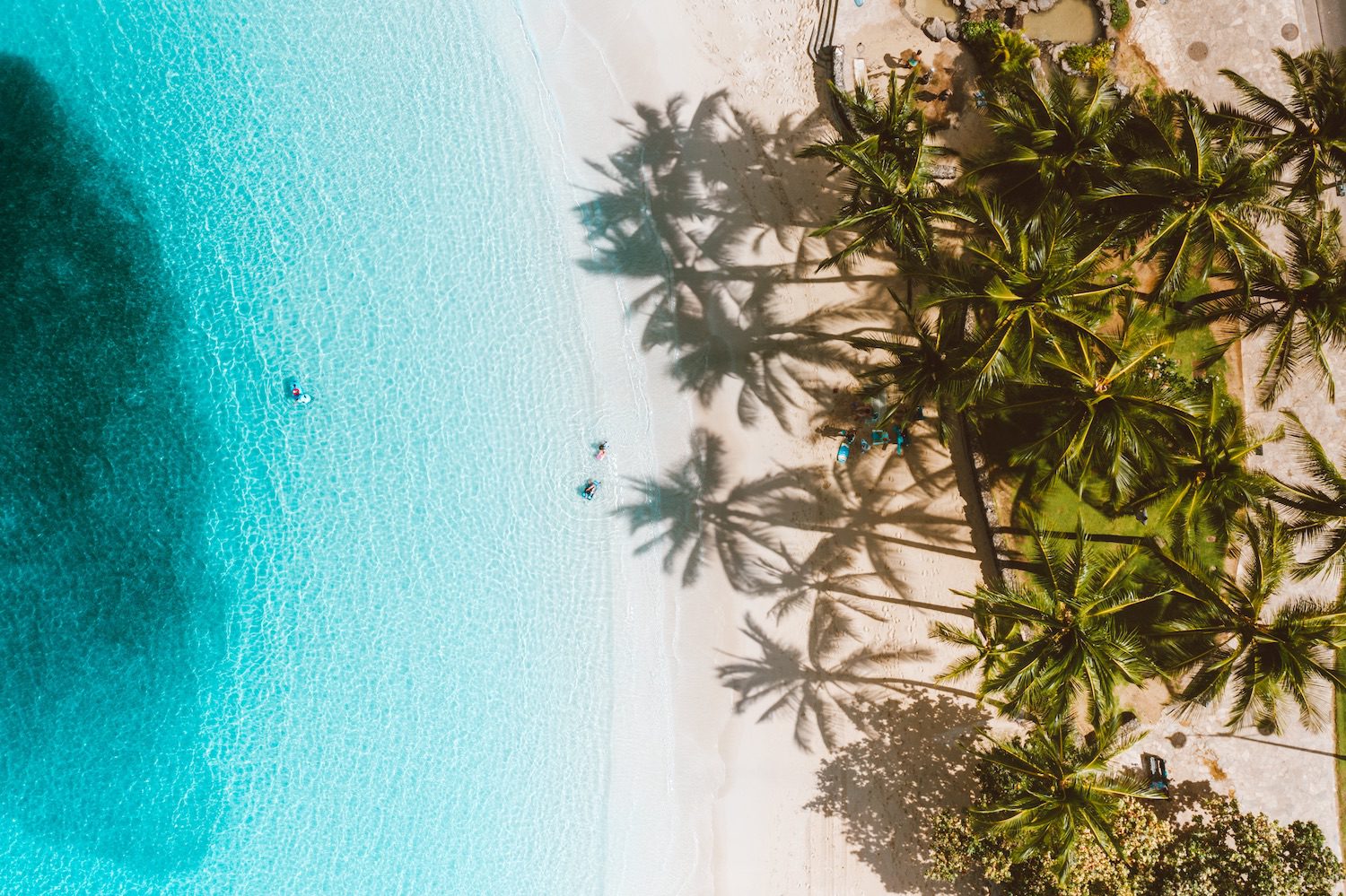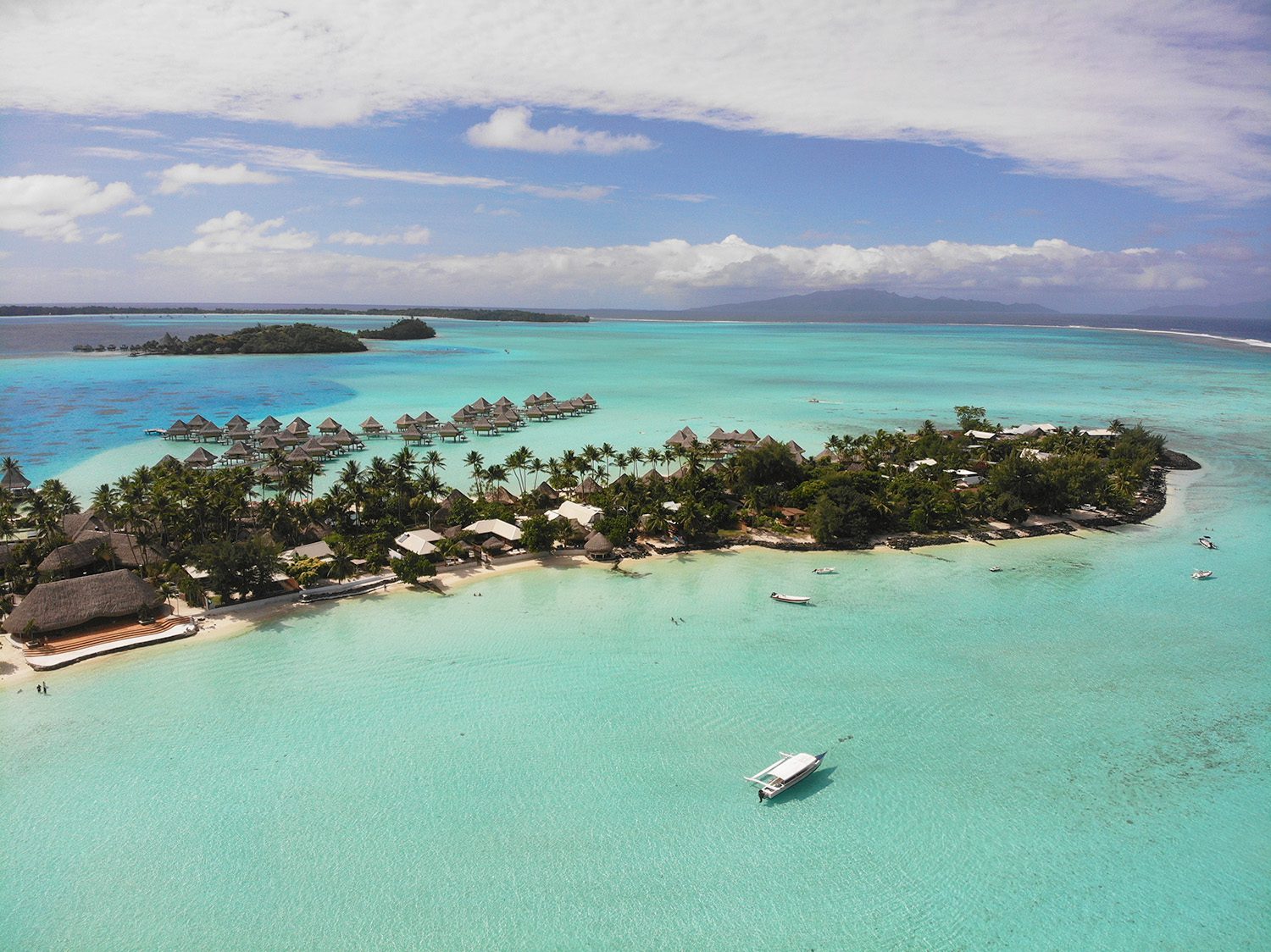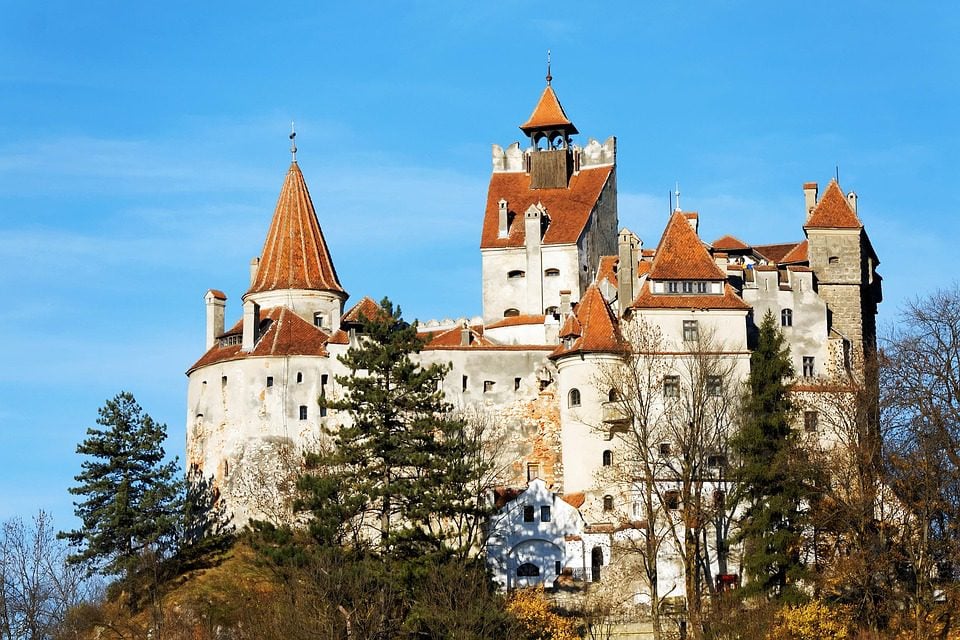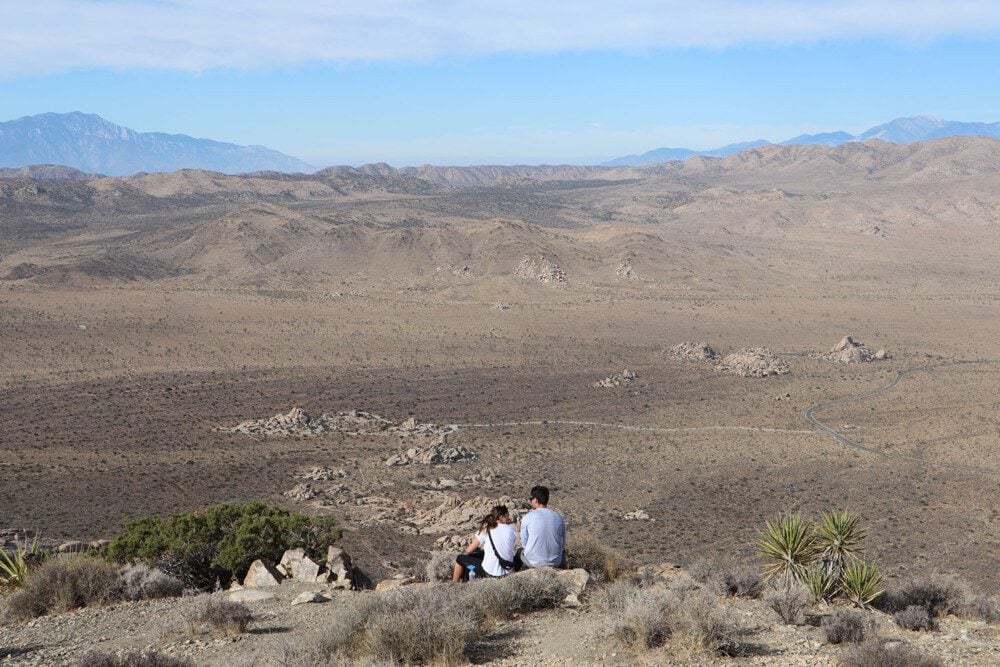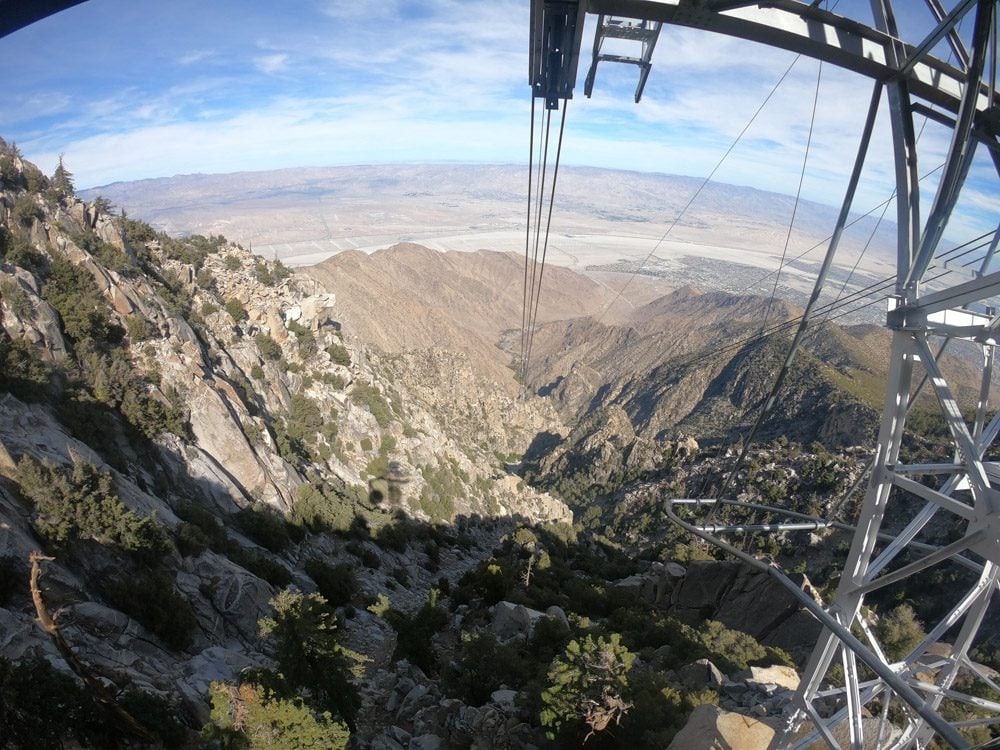Fakarava Travel Guide
Things To Do & Places To See In Fakarava
This section of the Fakarava travel guide deep dives into the atoll’s top highlights.
Diving In The North Pass
Garuae Pass (the north pass) is easily accessed from Rotoava Village on a short boat ride. The best time to dive here is during ‘slack tide’, when the incoming current begins, and fish come out in large numbers. You’ll usually complete one drift dive and one easygoing dive in the coral garden.
Ohotu Cliff
The Ohotu Cliff dive site is the most popular in the north pass. Its coral garden is magnificent, turning every dive into a memorable experience. This is a large and diverse dive site, with depths between 8-22 meters. Here, you’ll see the famous “shark walls”, but also schools of barracuda, Napoleon fish, and perhaps manta rays and hammerhead sharks with a bit of luck.
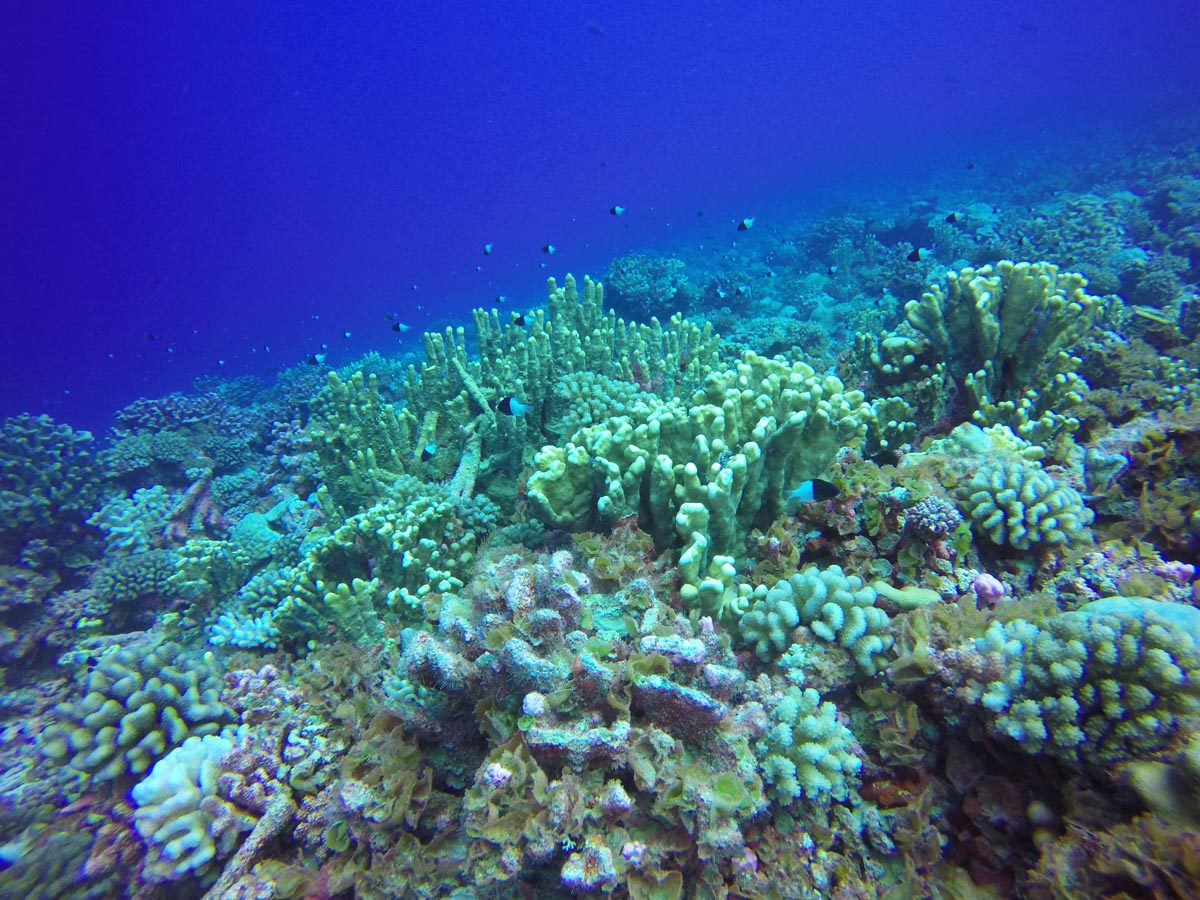
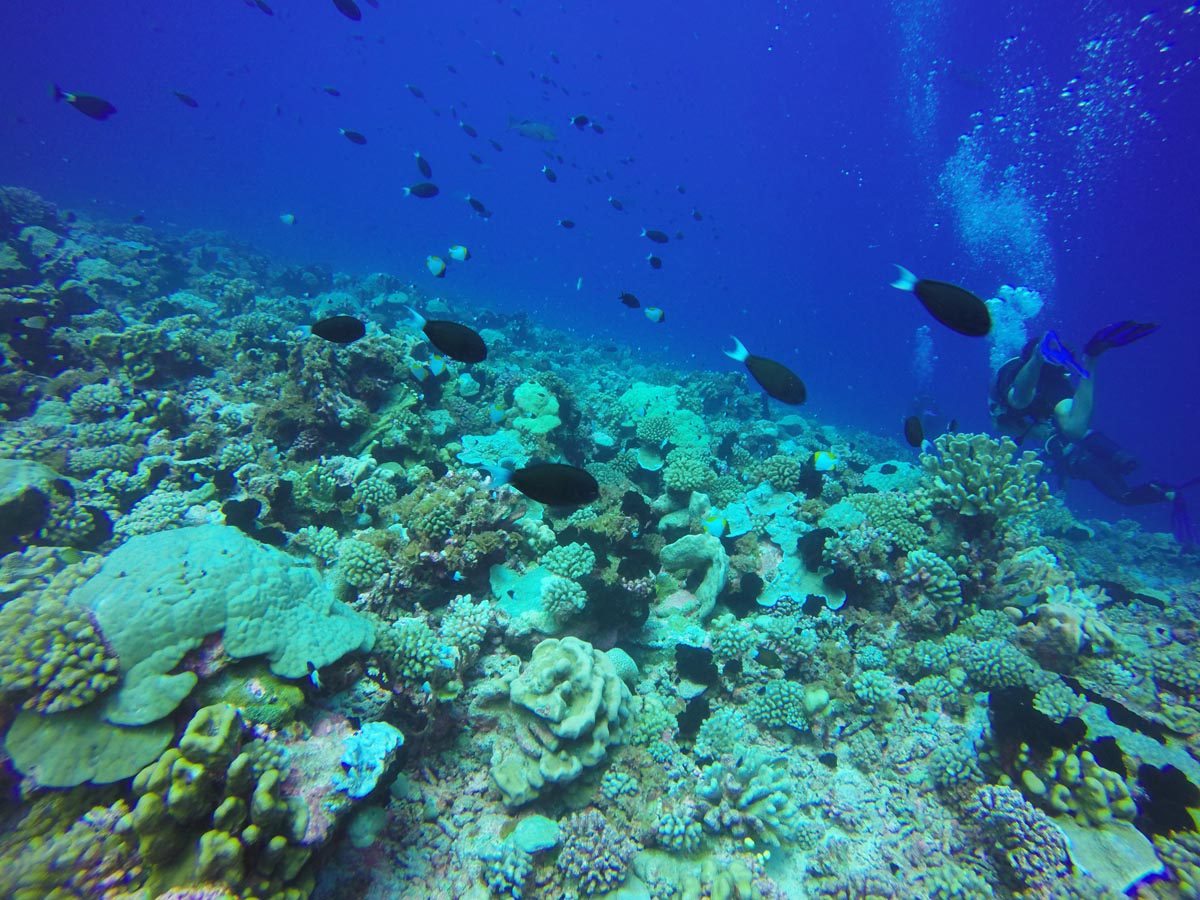
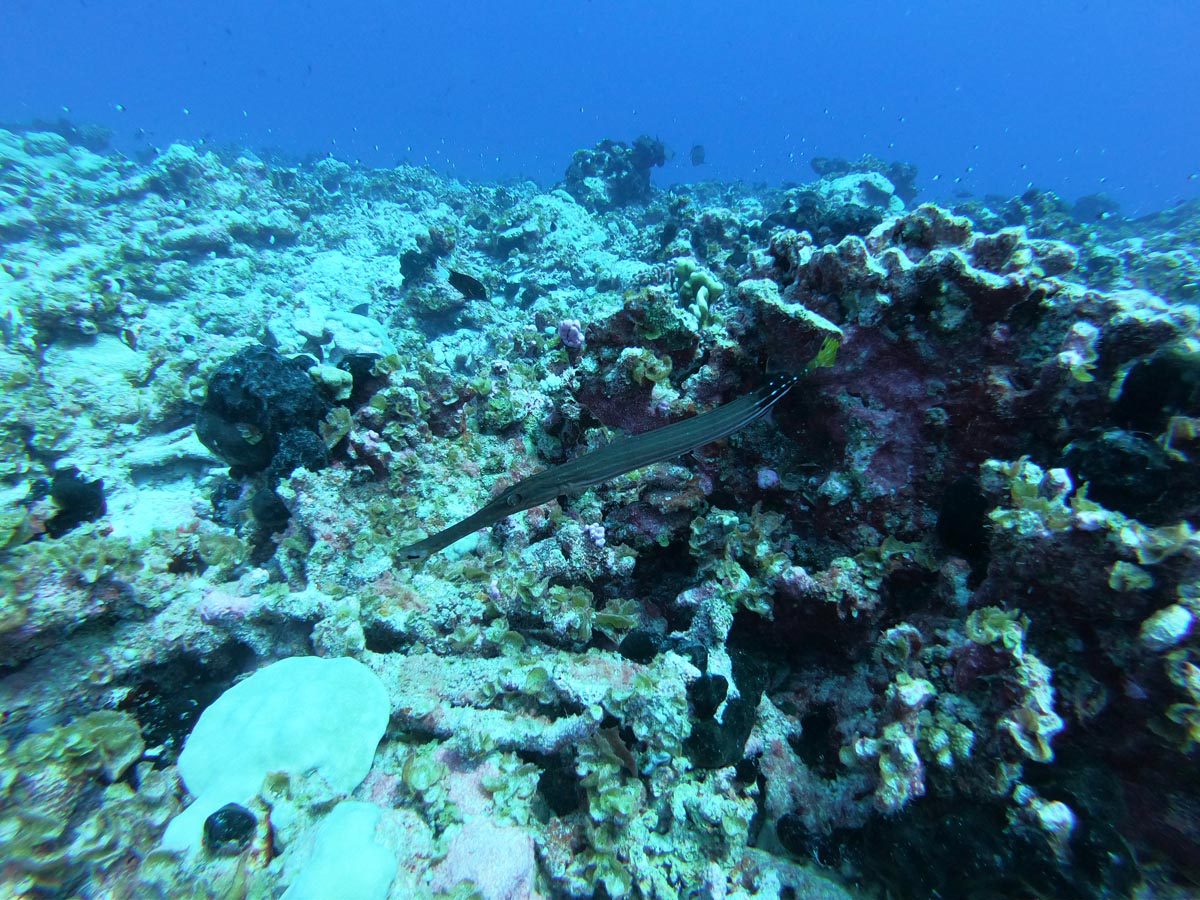
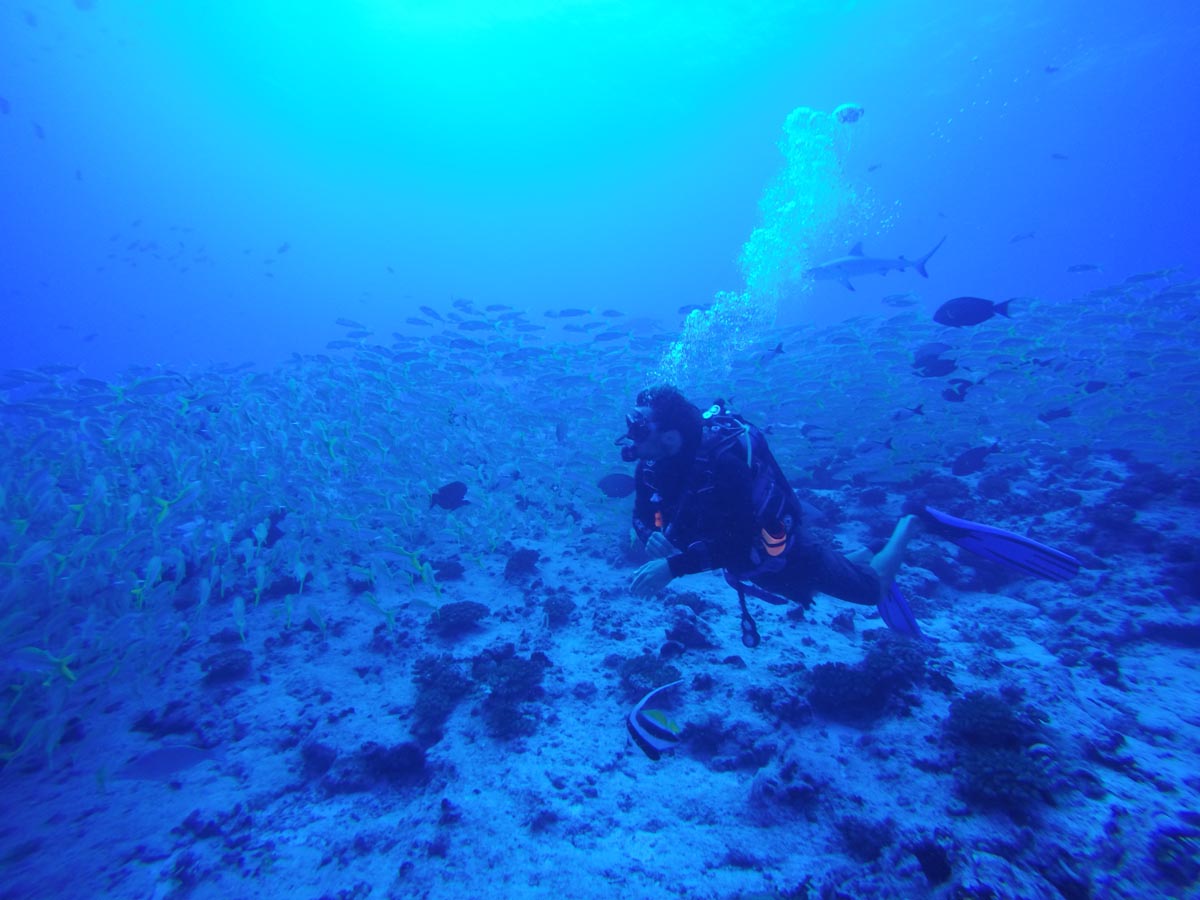
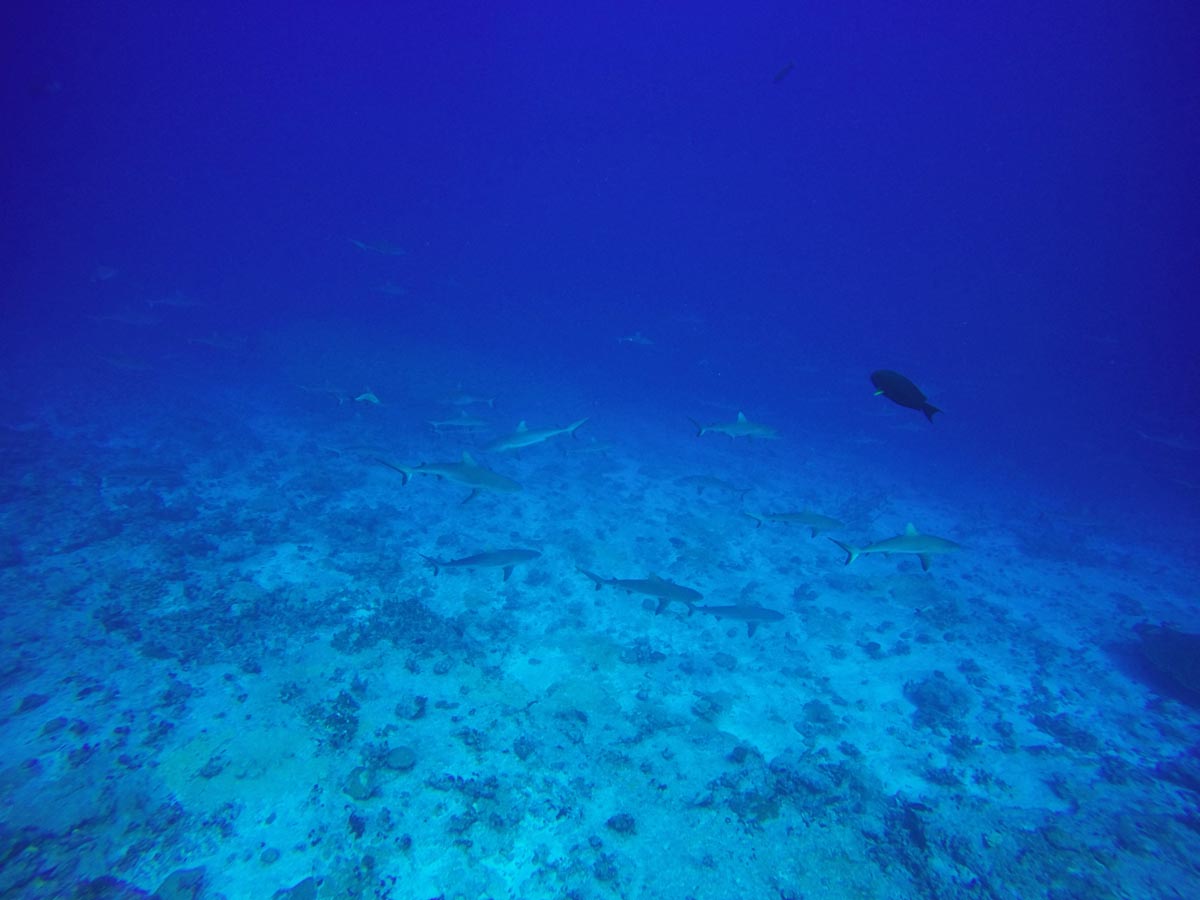
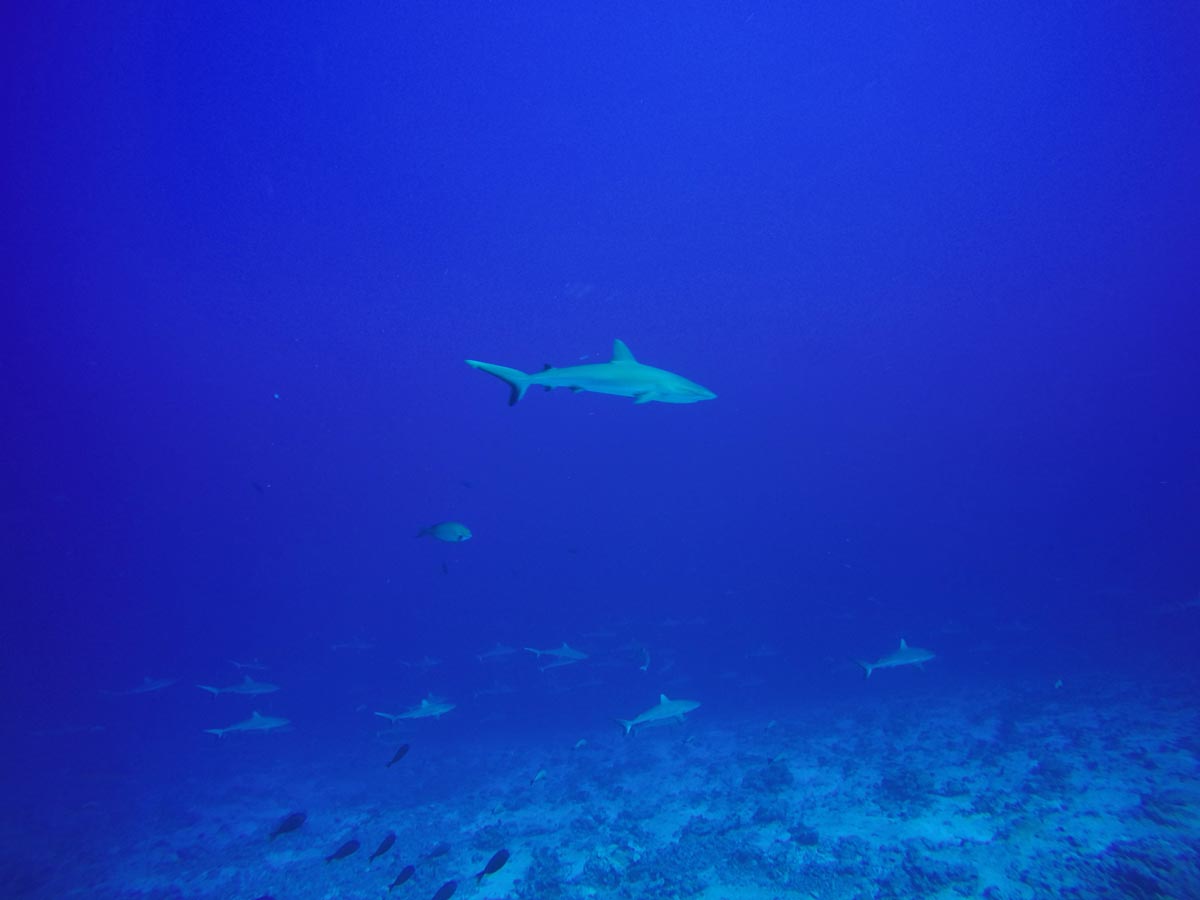
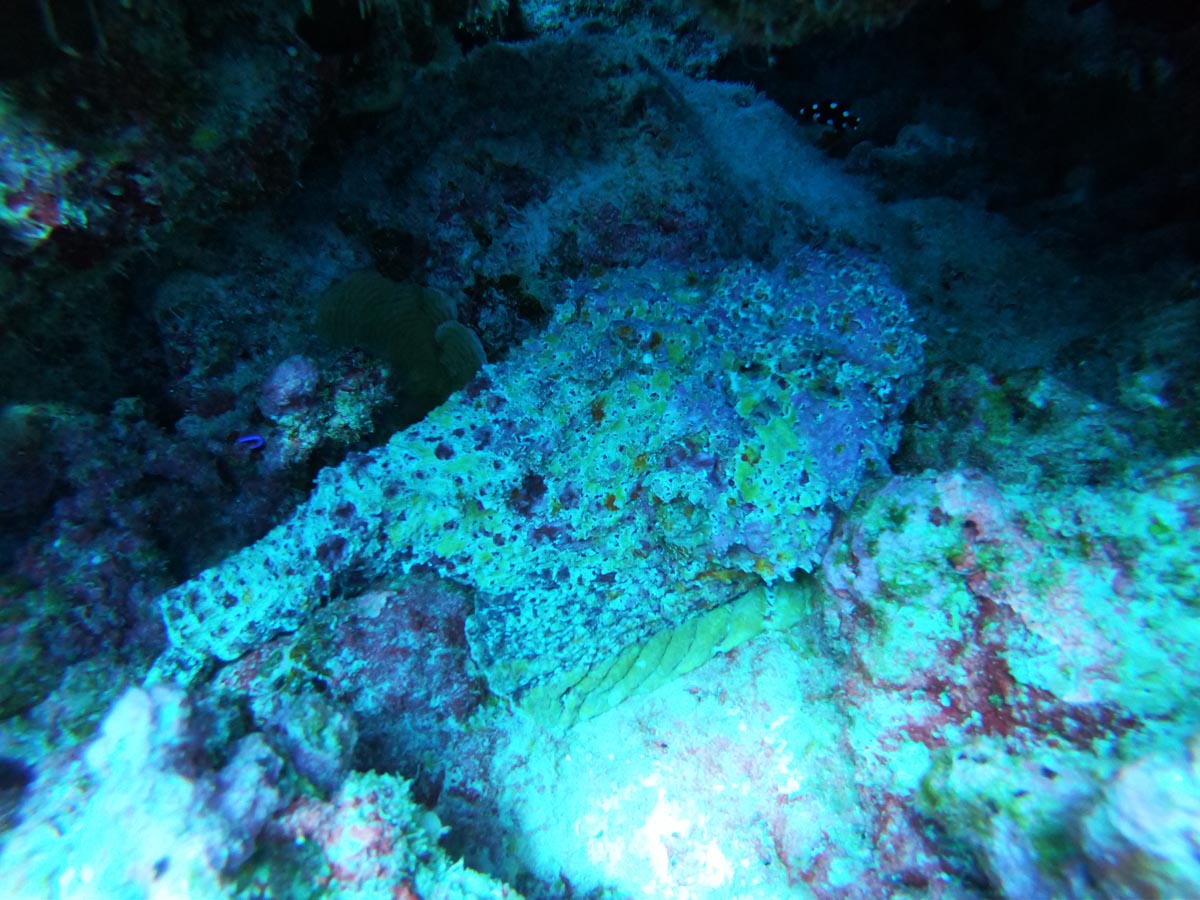
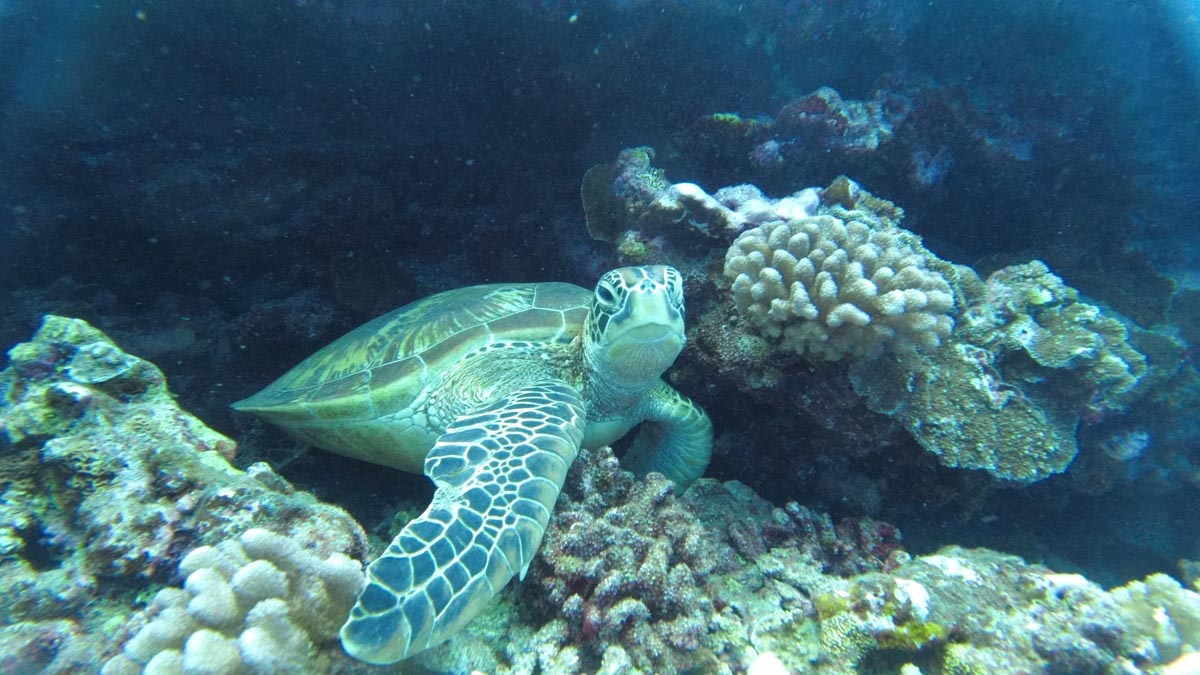
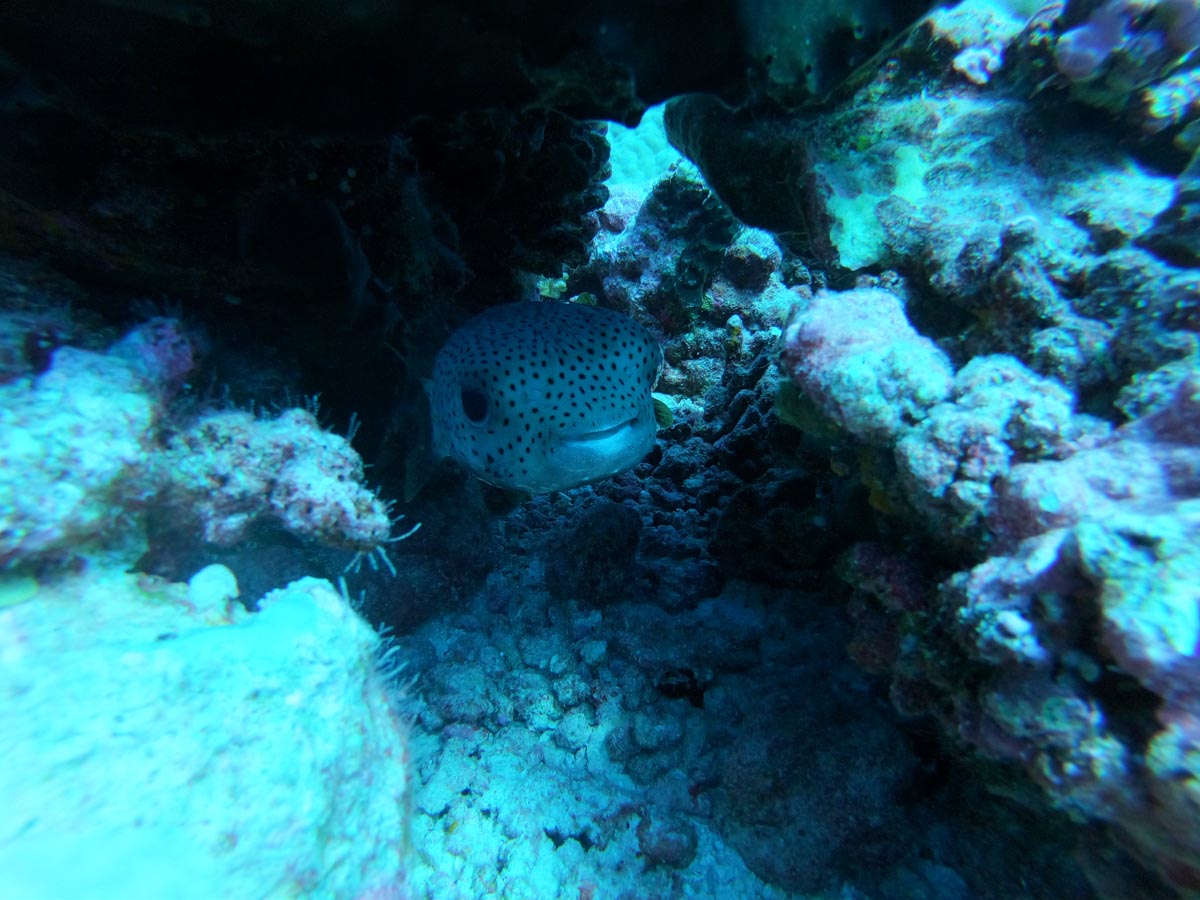
Alibaba Canyon
When conditions are right, you’ll finish your dive off with a drift back into the lagoon, a thrilling ride that can only be described as riding on the roof of a bullet train. En route, you’ll fly over canyons, coral-covered channels, and helpless fish caught in the strong current.
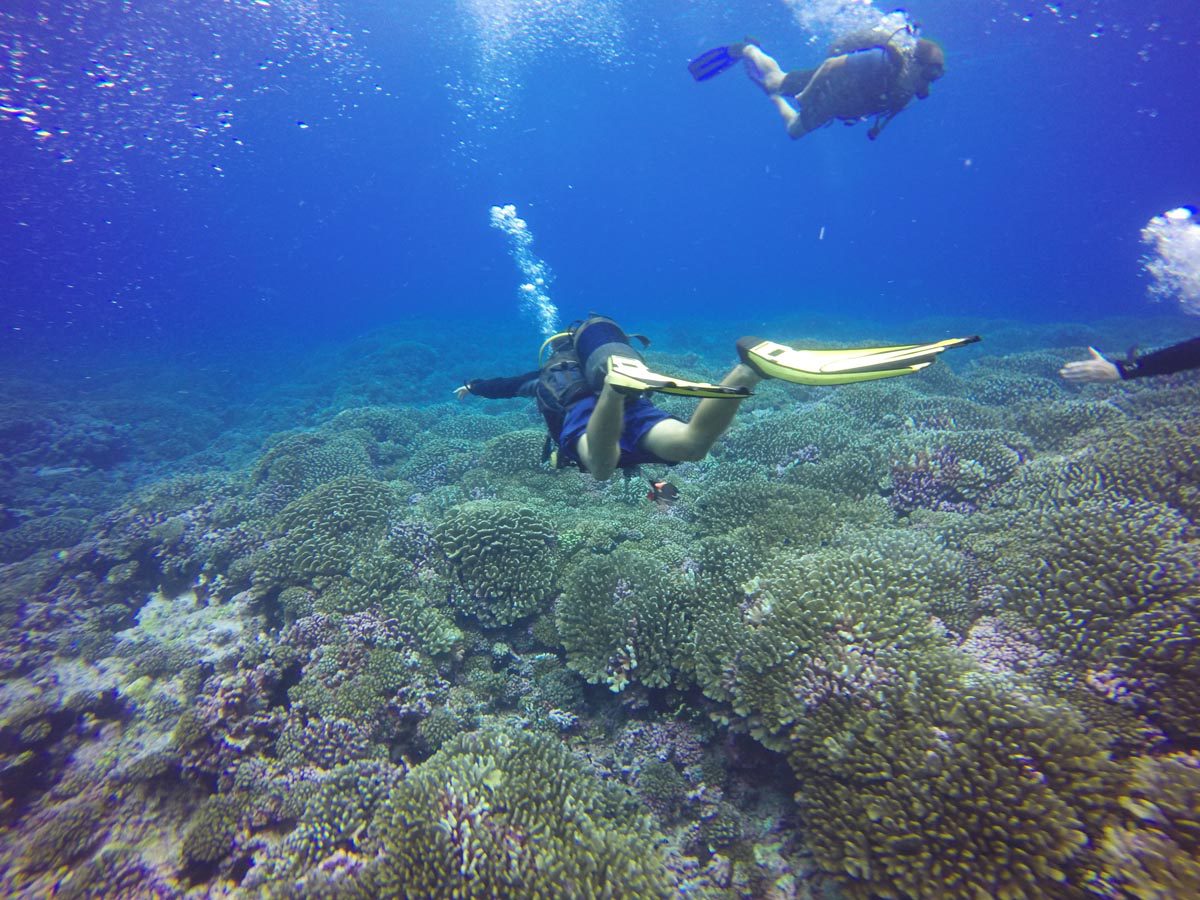
Just before the end of the drift, you’ll reach the Alibaba Canyon. You’ll be instructed to ‘stay low’ to avoid being swept by the incoming current, and all that’s left to do is enjoy the view. Colorful lagoon fish are everywhere, and sharks patrol the waters above. If you’re lucky, you might even spot a rare marlin.
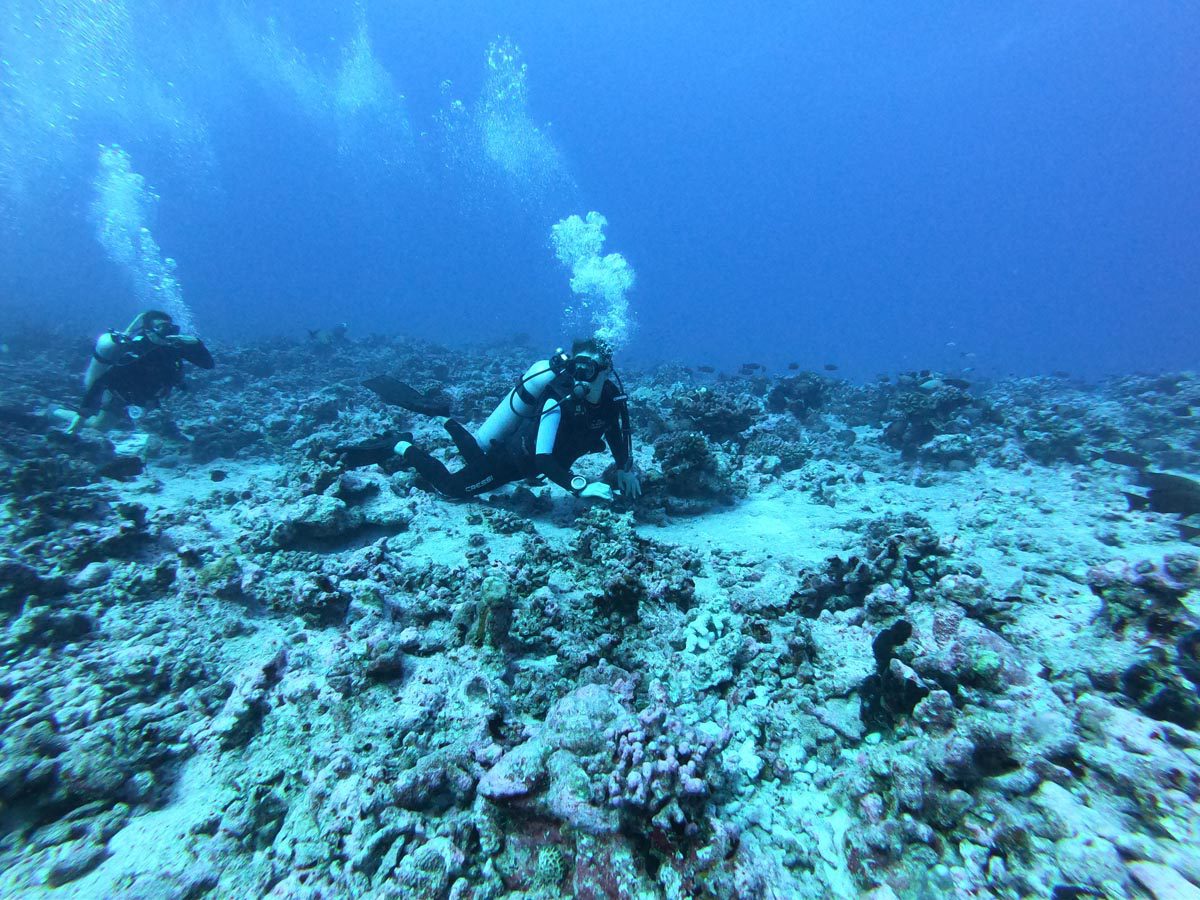
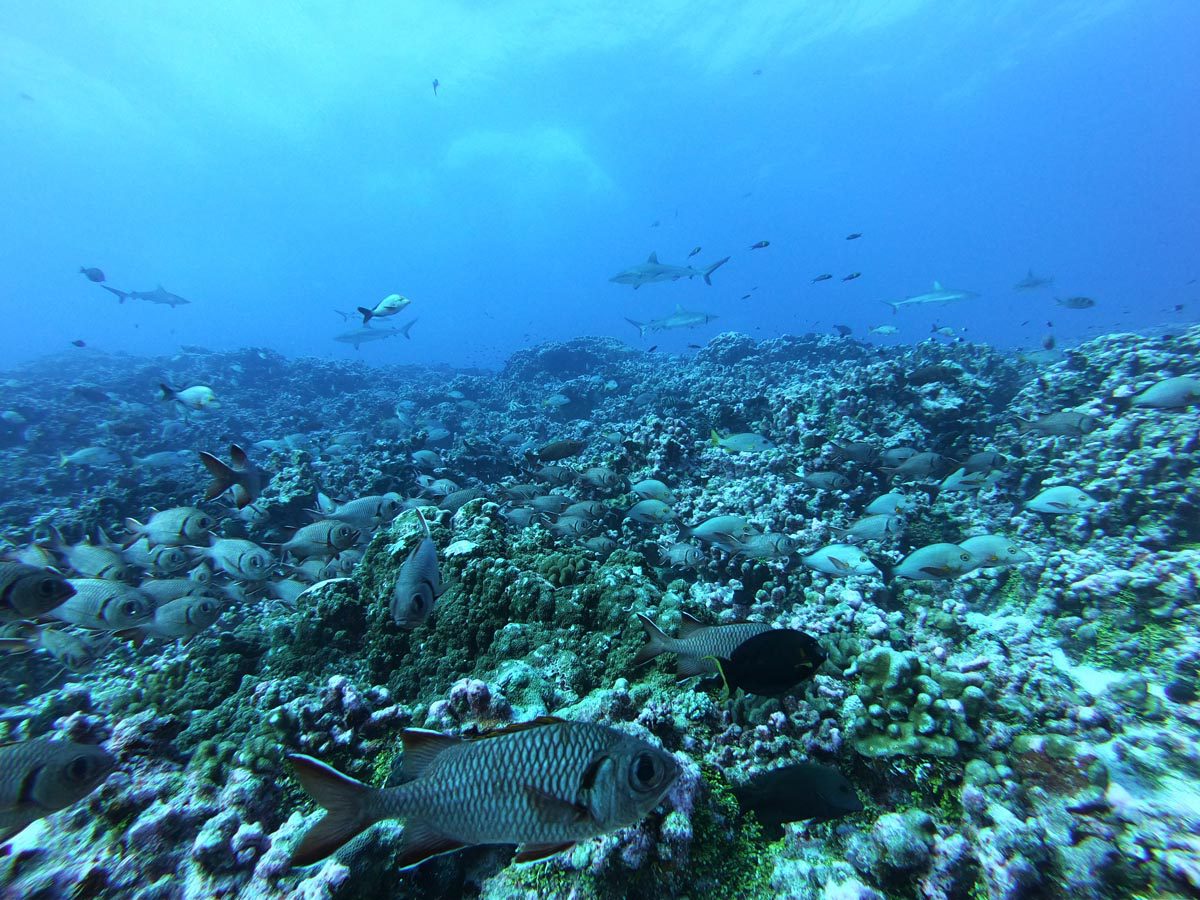
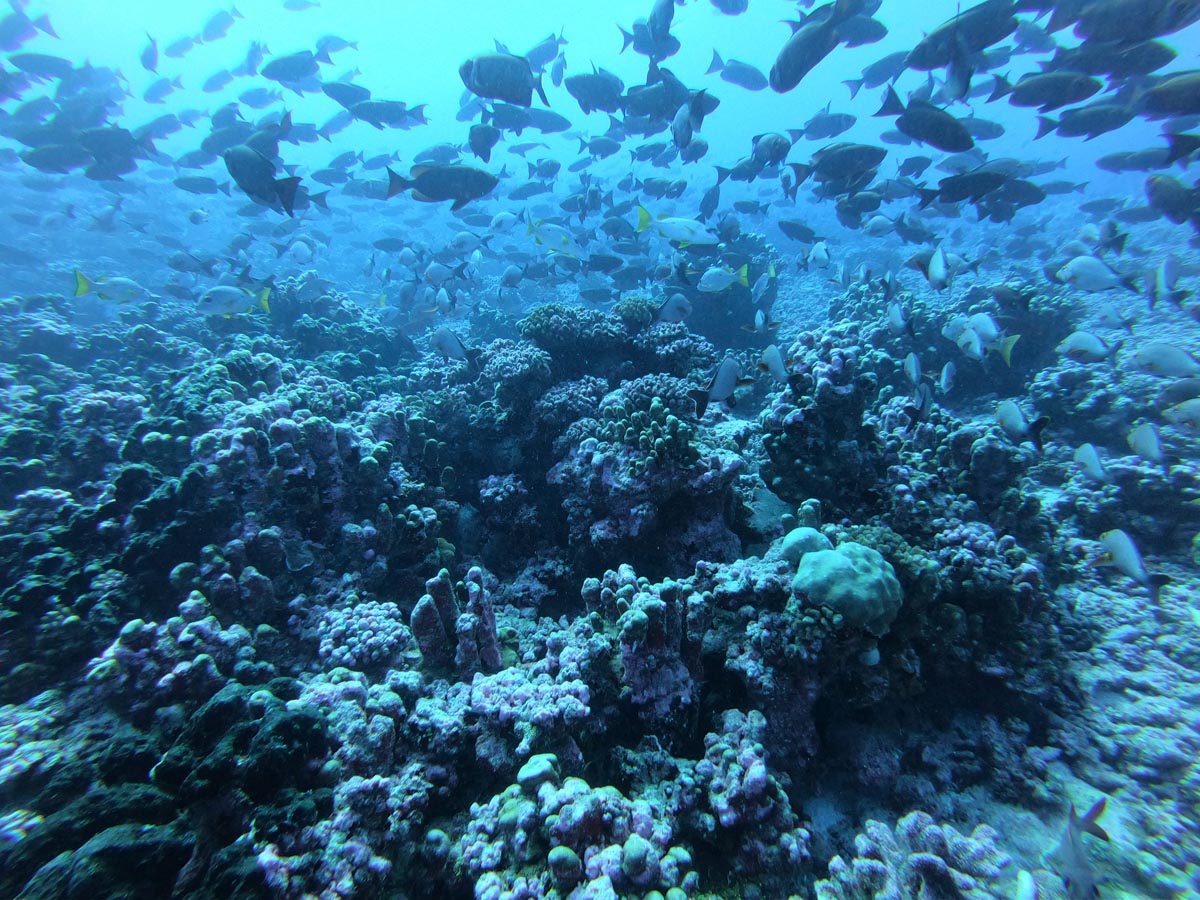
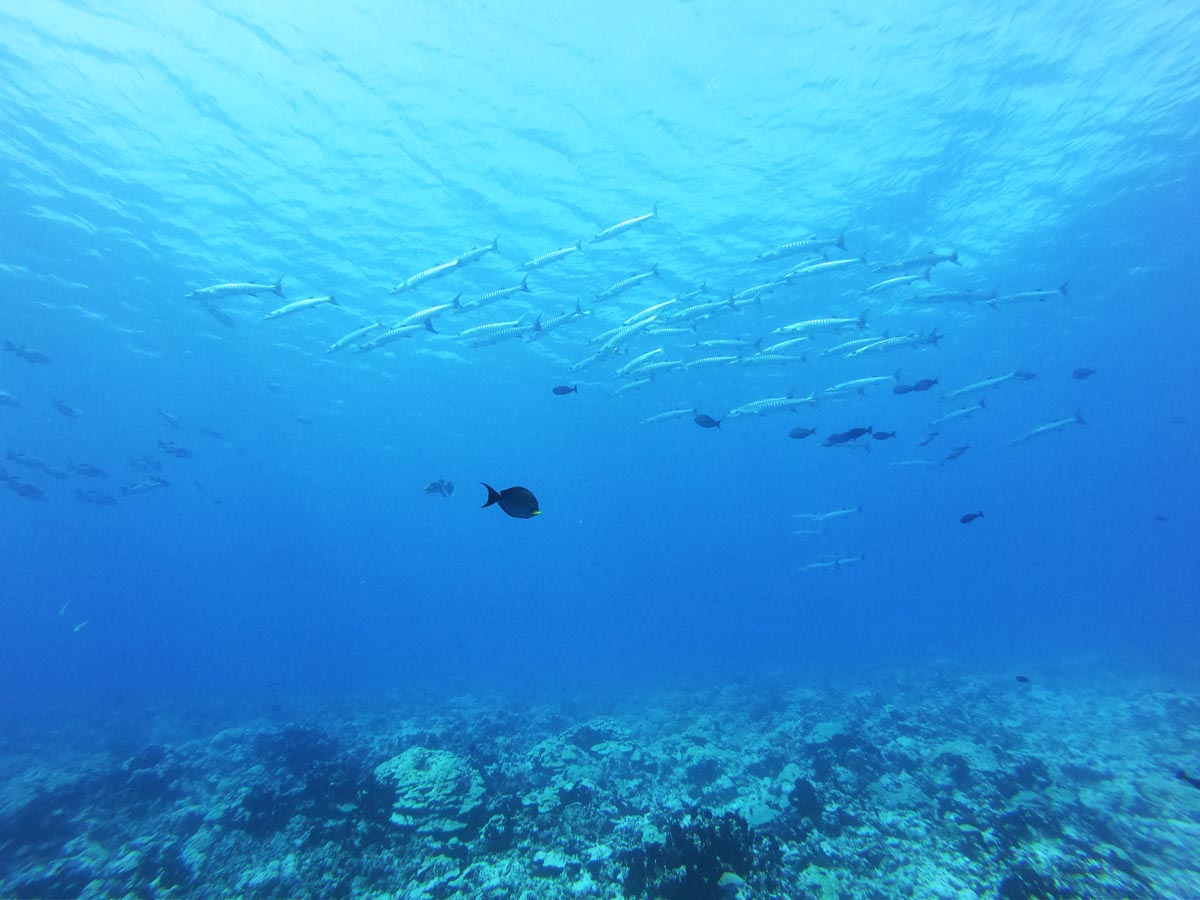
Nurse Shark Cave
You might finish your thrilling drift dives at the entrance to the ‘nurse shark cave’. With the incoming current at its peak, fish from around the neighborhood take refuge in this cave. And as its name suggests, nurse sharks also like to take afternoon naps here.
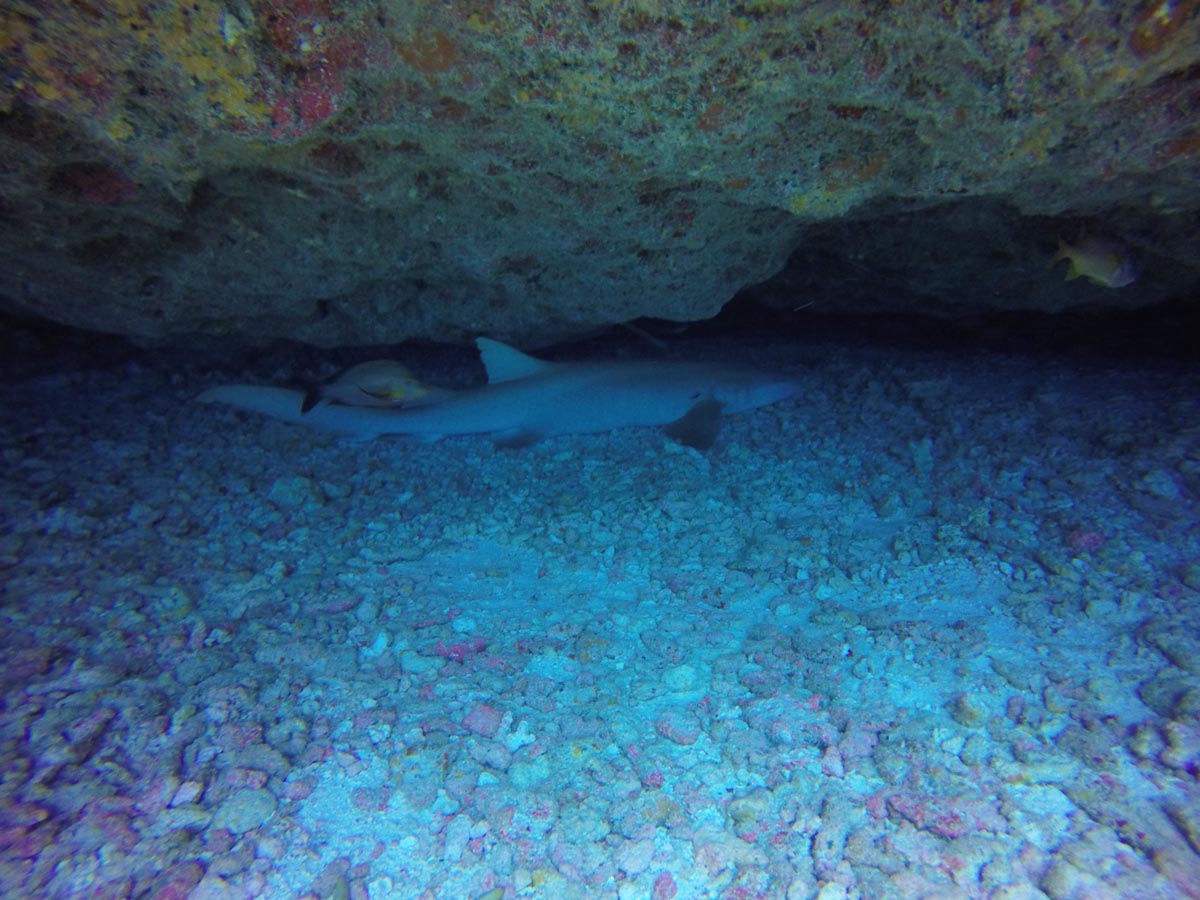
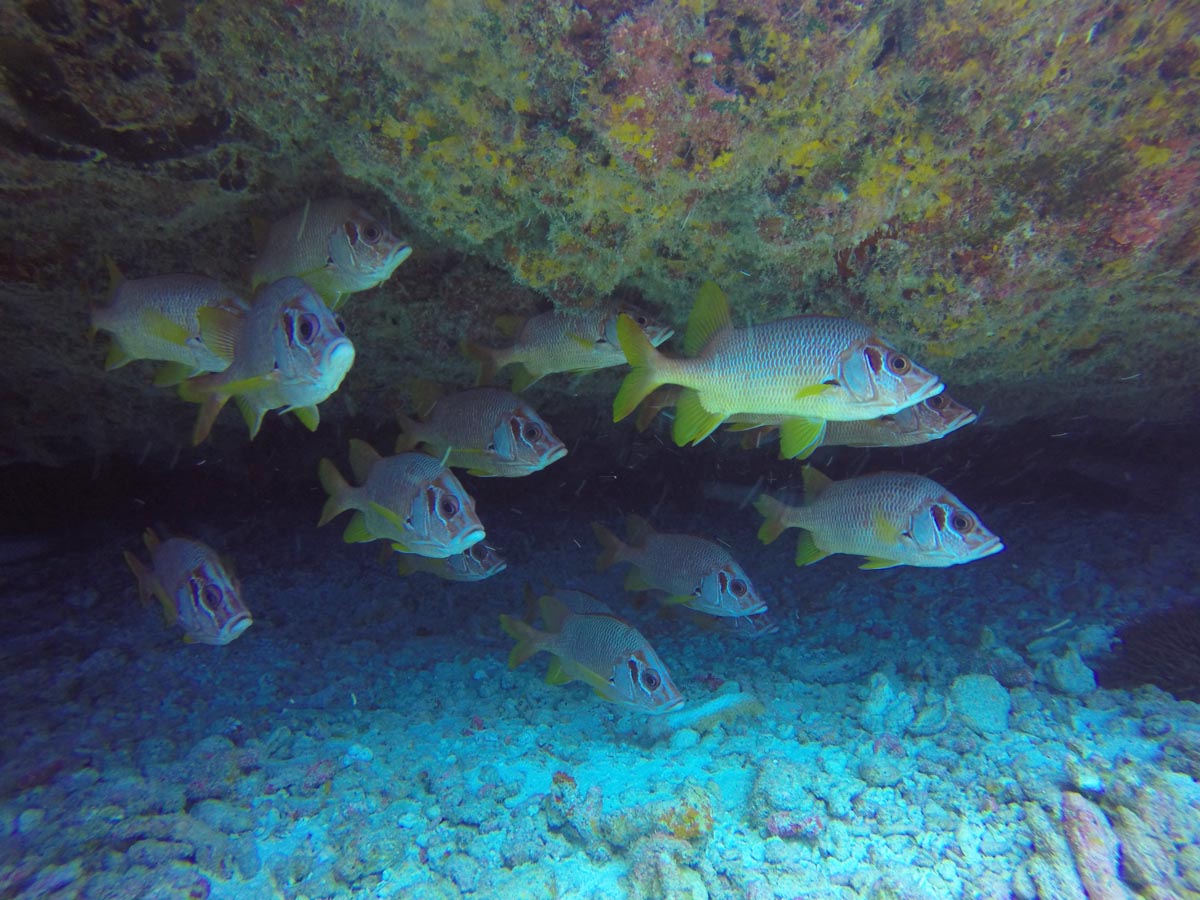
Have a look at the top highlights from the memorable scuba diving in Fakarava!
Diving in the south pass
The Tumakohua Pass is often called the South Pass or Tetamanu Pass. It’s one of the most famous dive sites in the world. The lagoon pass here is narrower than the north pass, so the currents aren’t as strong, and the diving conditions are more optimal.
Shark Walls
Diving next to hundreds of sharks patrolling the reef is the norm in the south pass. If the visibility is good, it’ll feel like there’s nothing but air separating you from the pack. Because lagoon passes are the result of fresh water flowing from the ancient volcano to the ocean, there’s not much coral inside the pass. But the vast quantity of seemingly nonchalant sharks is the main ingredient for memorable dives.
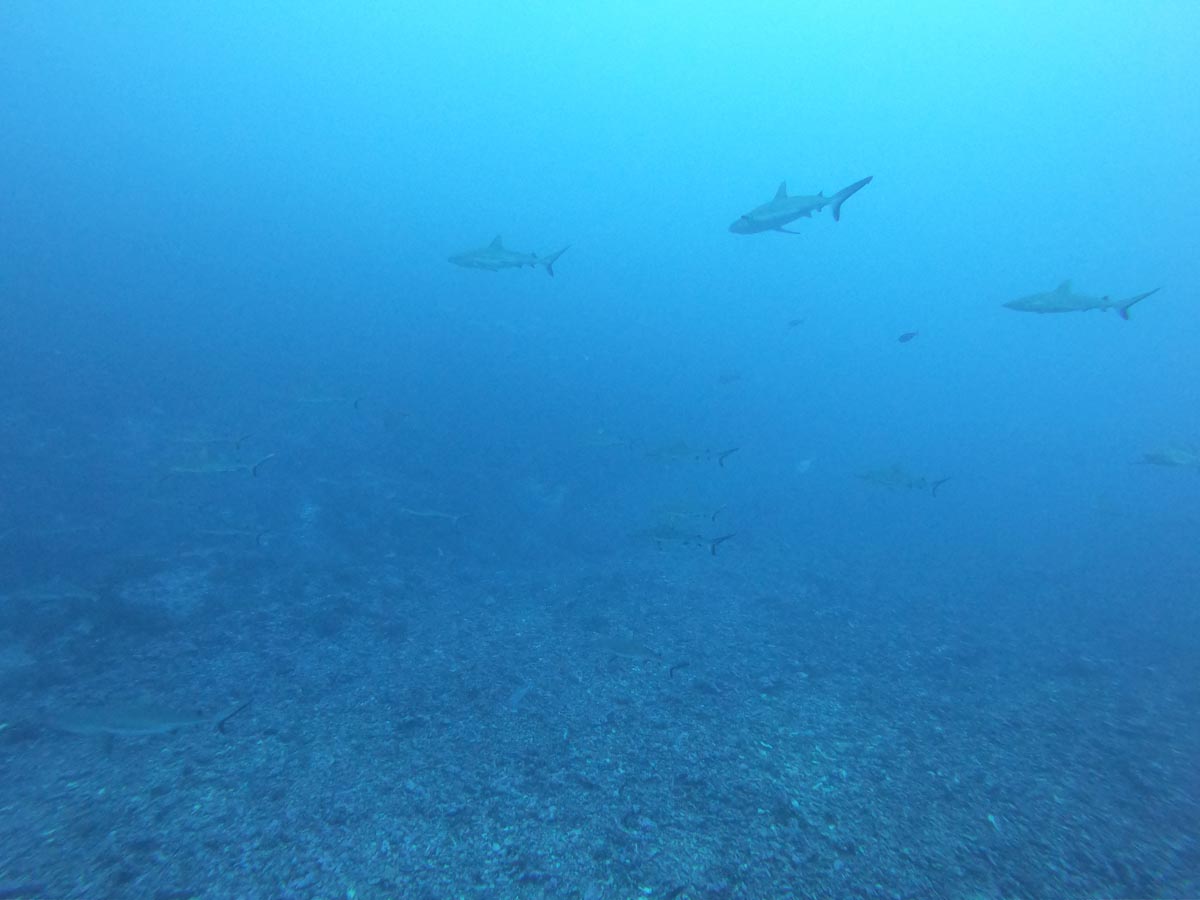
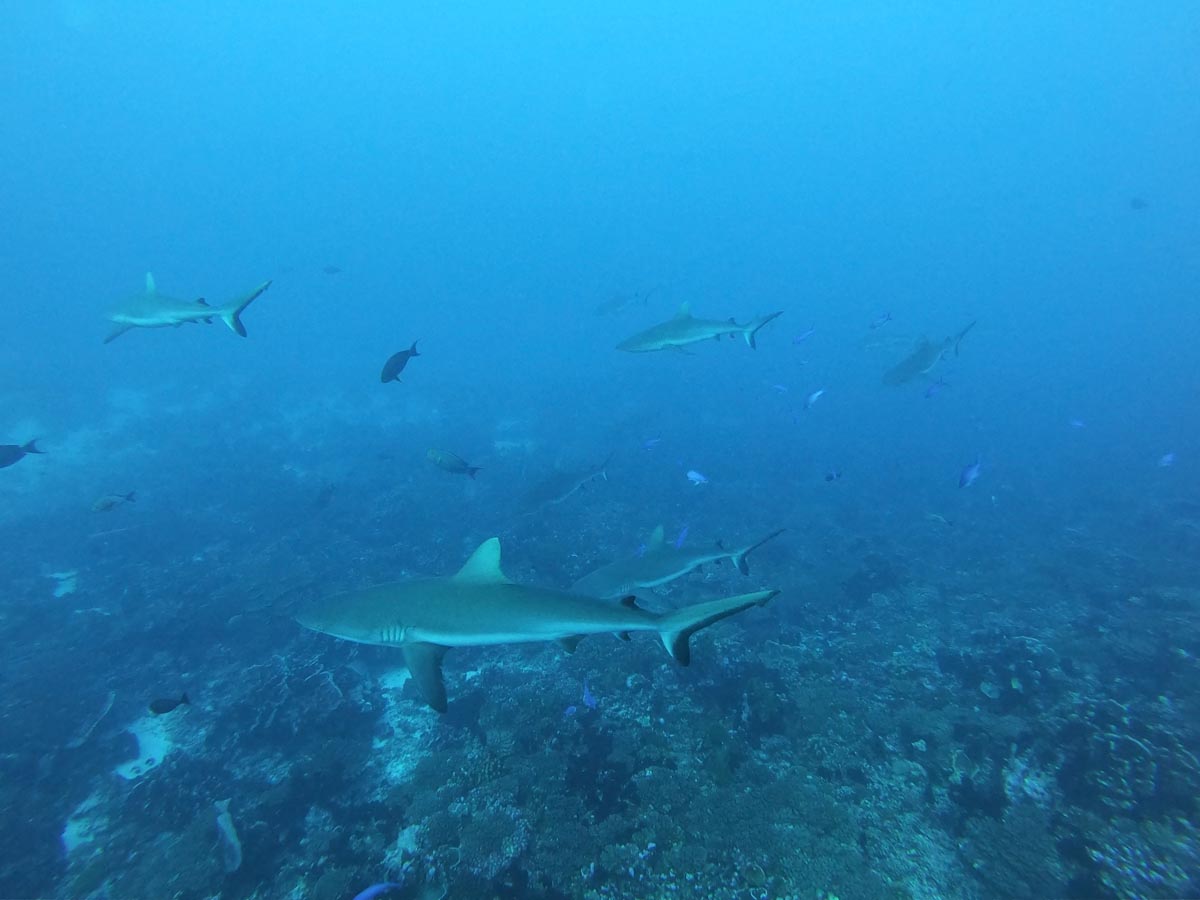
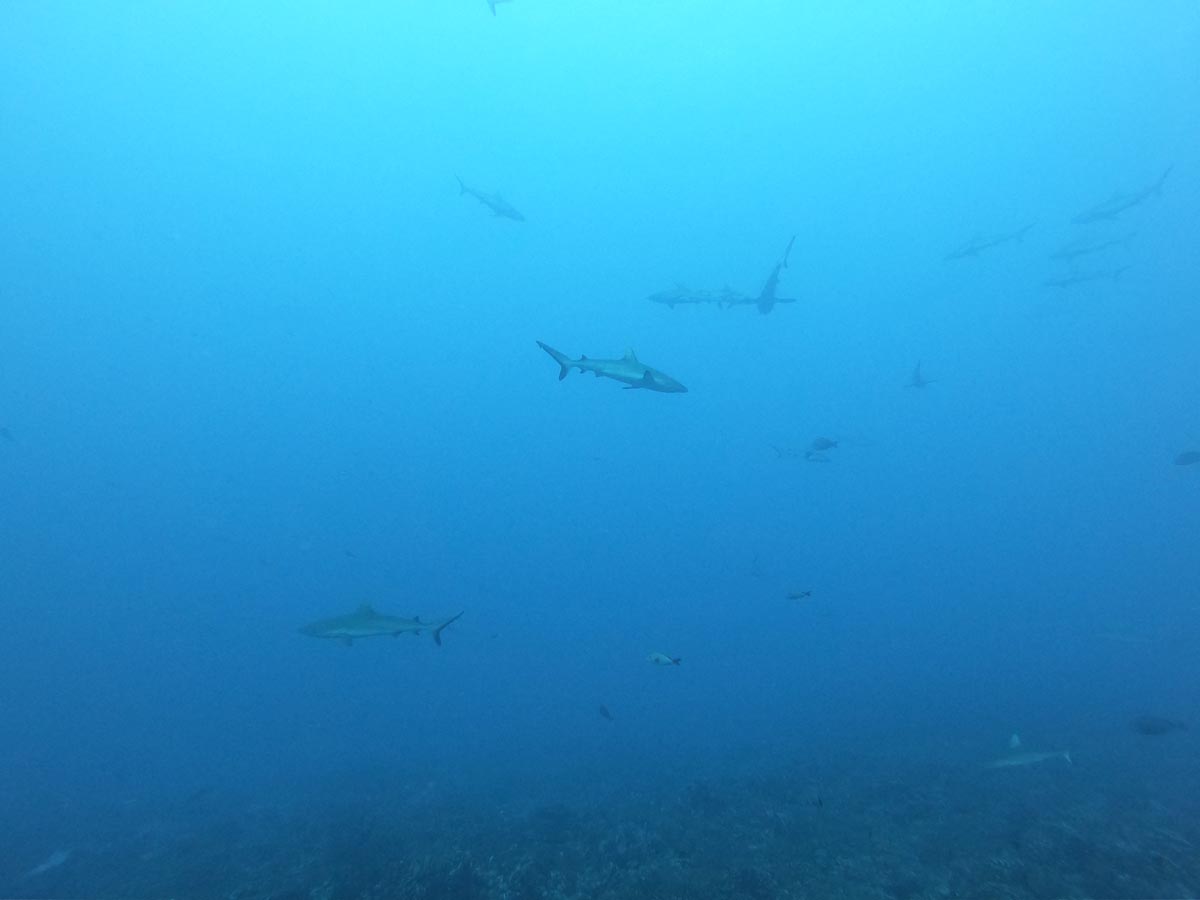
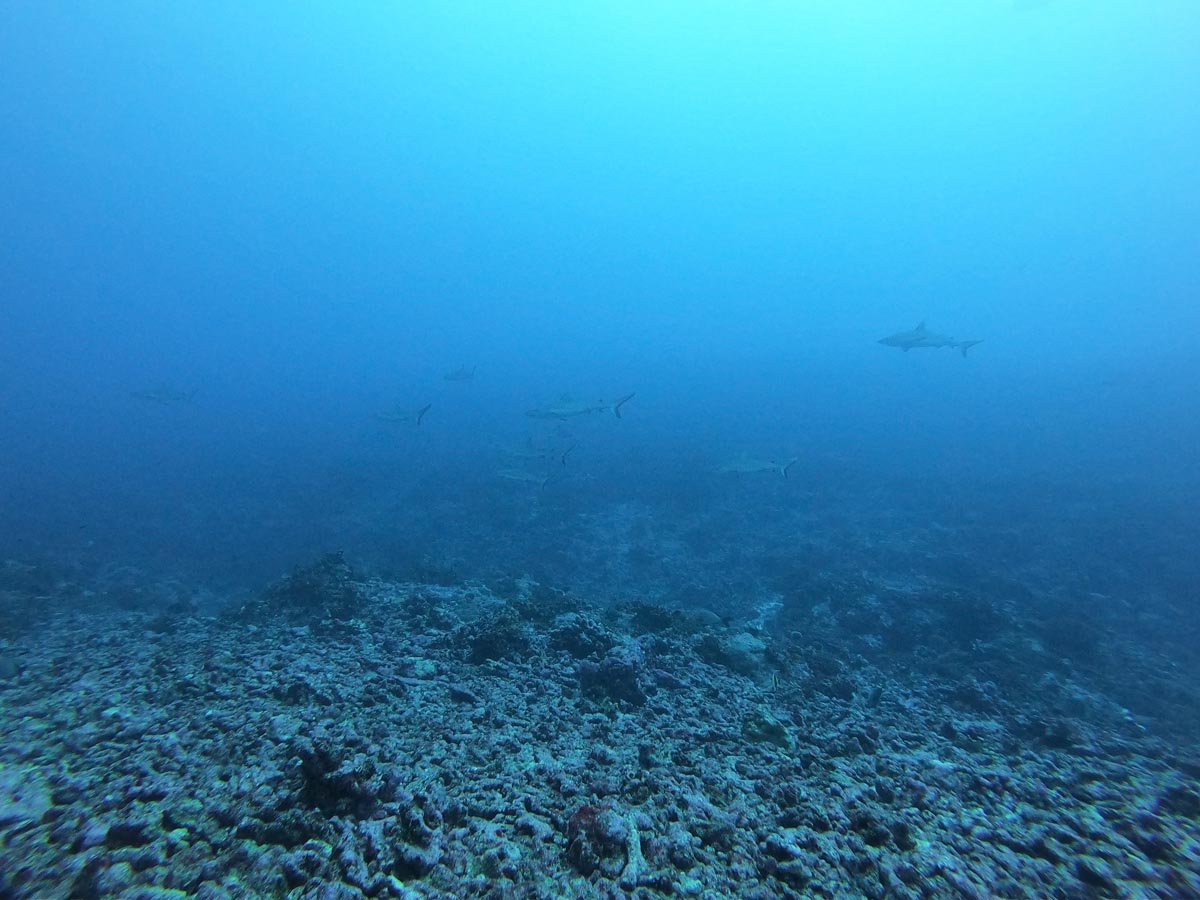
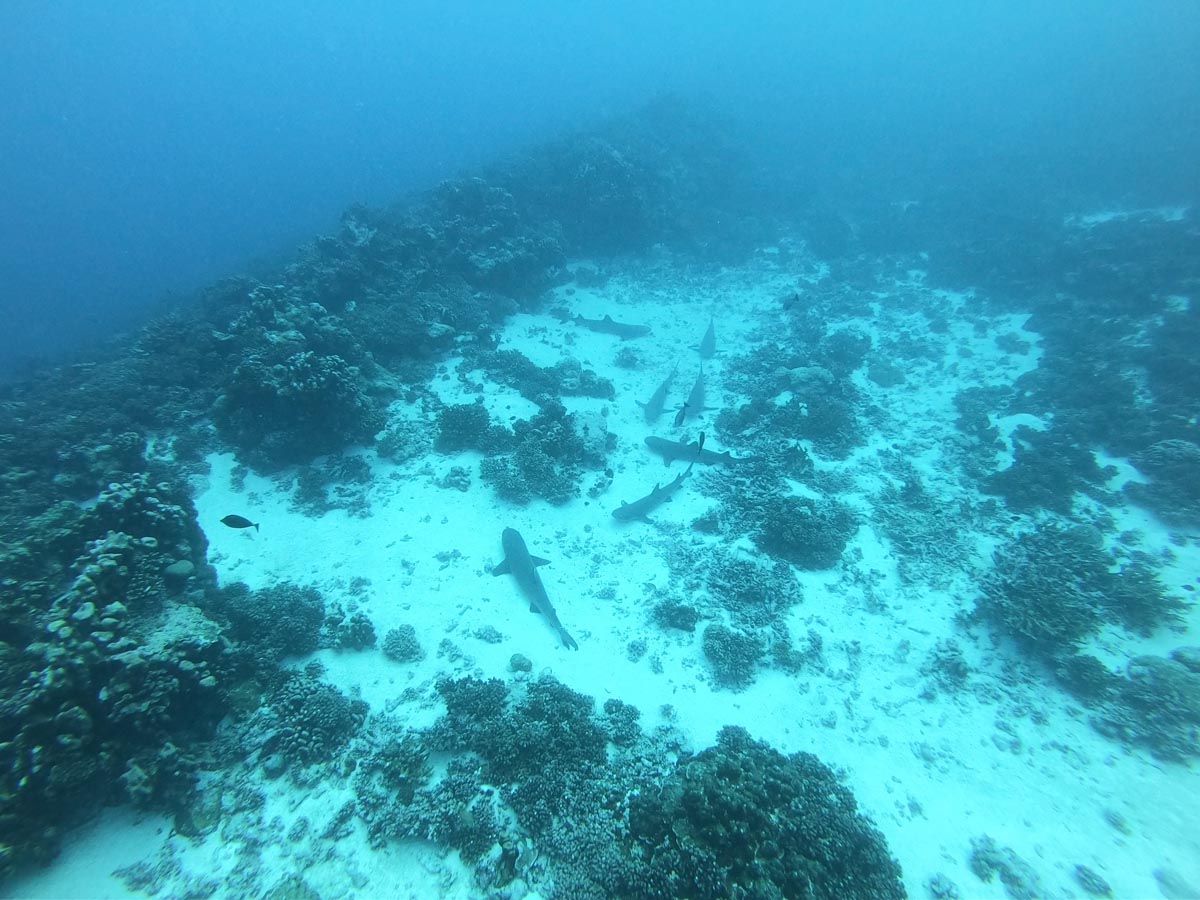
Drift Dives
If conditions are optimal, you’ll finish your dives with a drift back into the calm lagoon. Riding the current like a bird, it’s a thrilling ride over endless coral gardens. Stay calm and focused because many fish are riding the current with you.
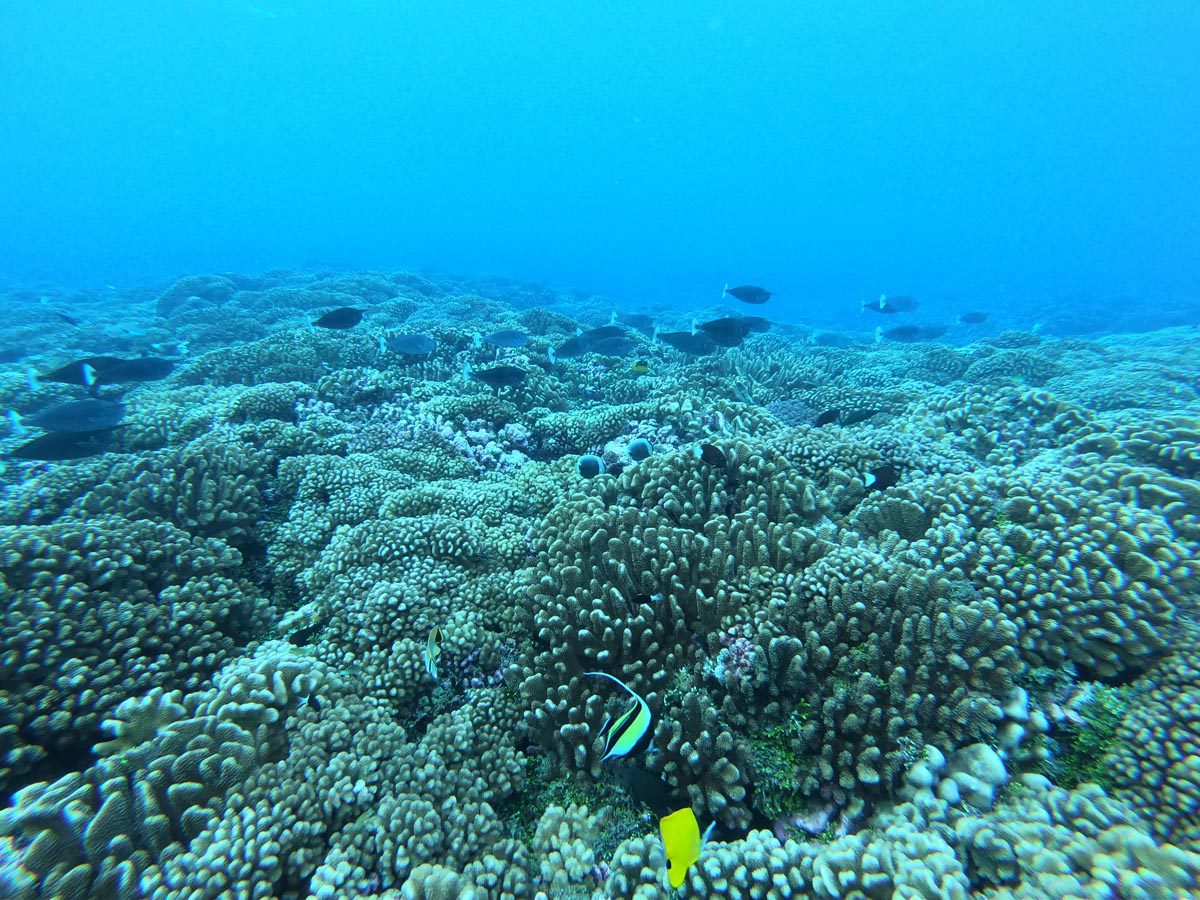
You might rest between the two dives in Tetamanu Village, the historic center of the island. More on this abandoned village later in this section.
Rotoava Village
The largest settlement in Fakarava is just a tiny village. It’s one of the calmest villages I encountered in French Polynesia, with locals dropping the kids off at school in the morning and heavenly-scented gardenia flowers and colorful hibiscus blooming everywhere. There isn’t much happening in the village, but it’s got everything you need, including a couple of grocery shops, dive centers, a beachfront snack, and, of course – a tiny shack selling island fashions.
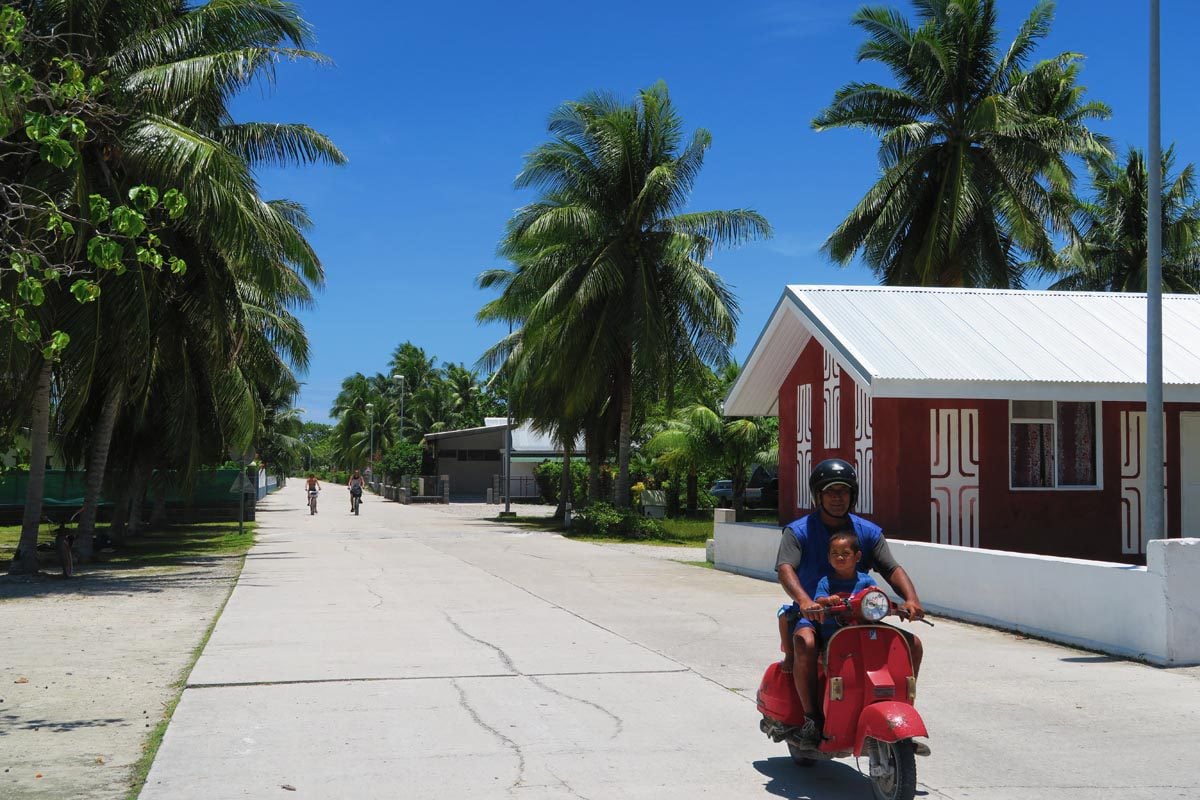
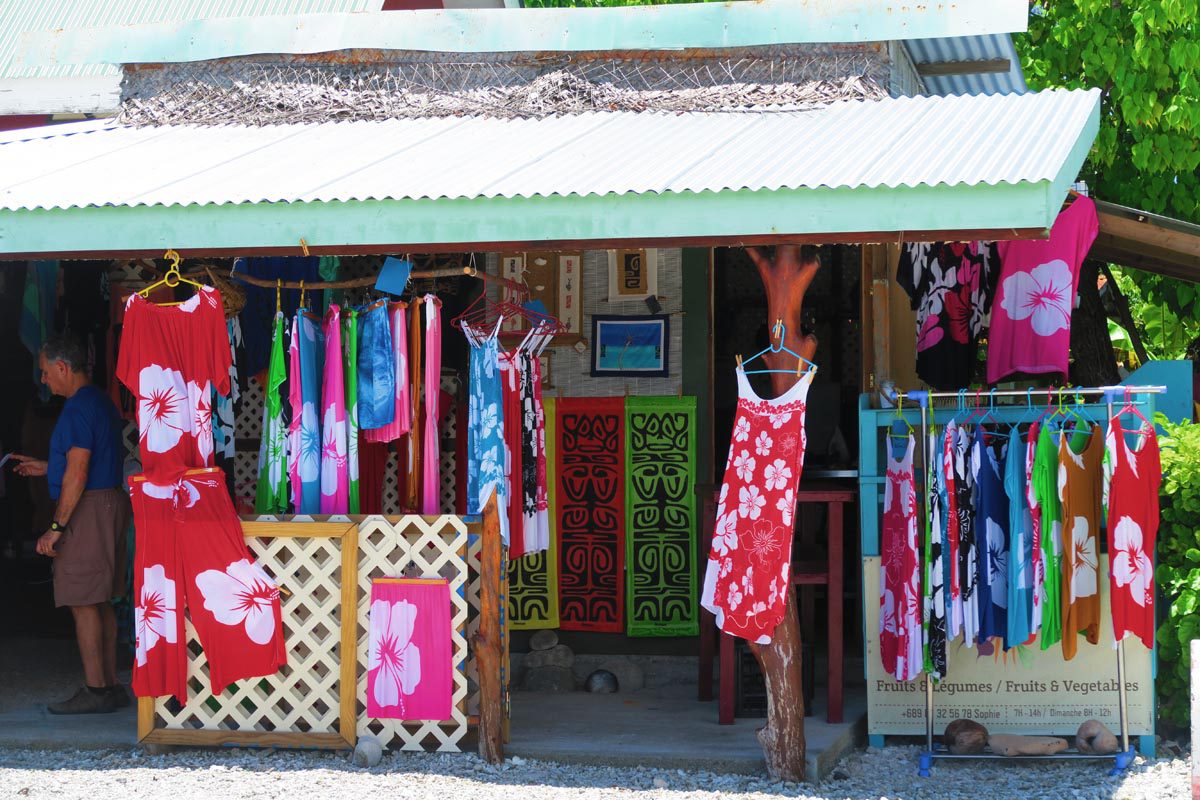
If it’s Sunday in Fakarava, listen to the church bells ringing and head to the whitewashed Catholic church. Follow the locals, dressed in their finest clothes, to the start of the weekly gathering. You might not understand anything said, but you’ll never forget the beautiful singing and strong sense of community. Have a look at the interior decoration – it’s all made from local coral and shells! After service, locals rush back home to start the Sunday feast known as ma’a Tahiti. If you’re lucky, you might get invited for lunch!
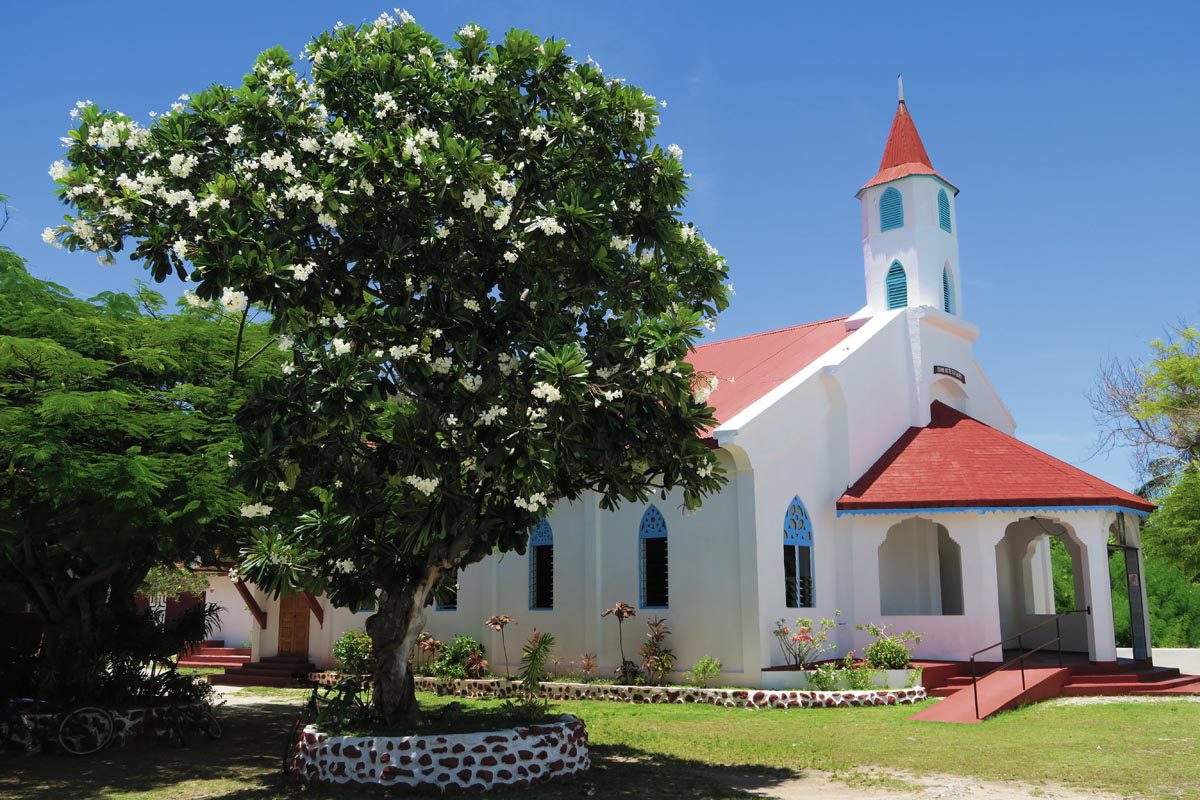
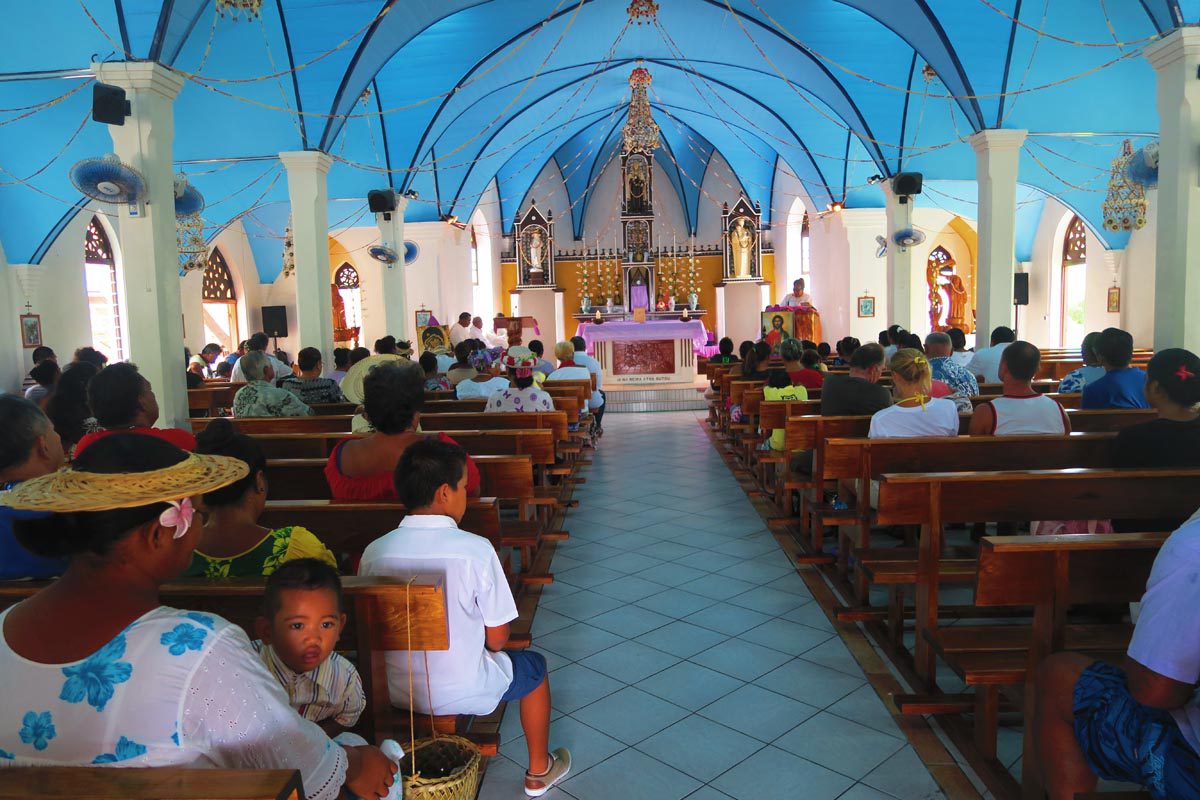
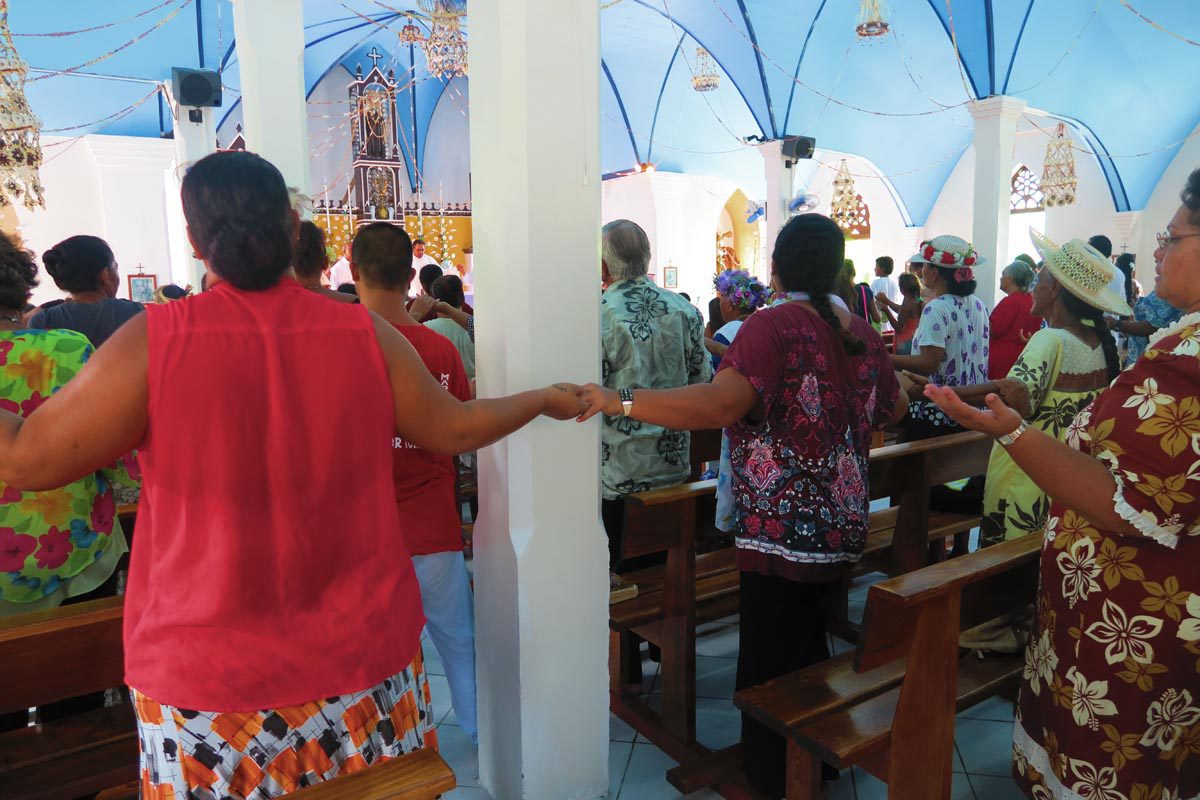
There’s a modest memorial to the victims of France’s nuclear testing in the Tuamotu and Gambier archipelagos across the street from the Catholic church.
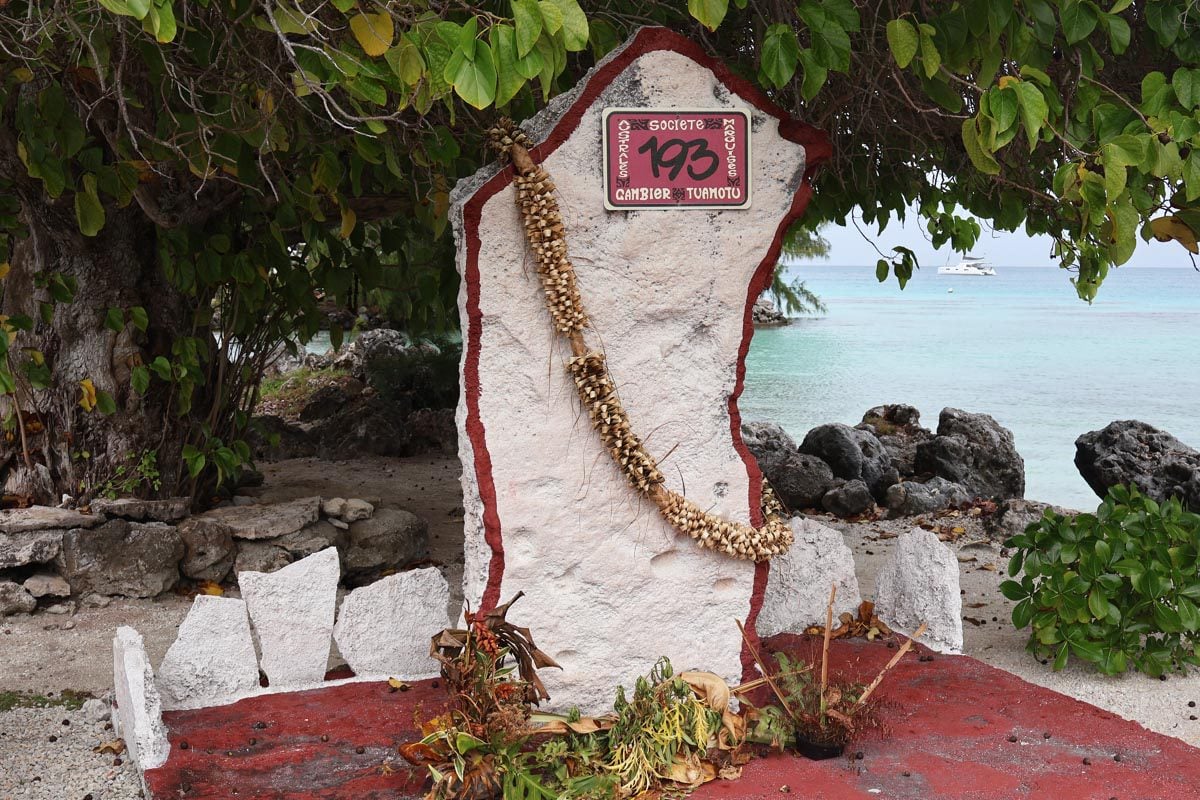
South Of Rotoava Village
At the edge of Rotoava, the paved road swings over to the reef side and continues for another 10 kilometers to the southern side of the main motu before turning into a dirt road. There are a couple of good snacks, pensions, and a dive center just outside the village – but the fun is to cycle along this flat stretch of road with nothing but palm trees around you. I was told by a local that there’s even a pretty beach somewhere around PK12 (12 kilometers south of Rotoava).
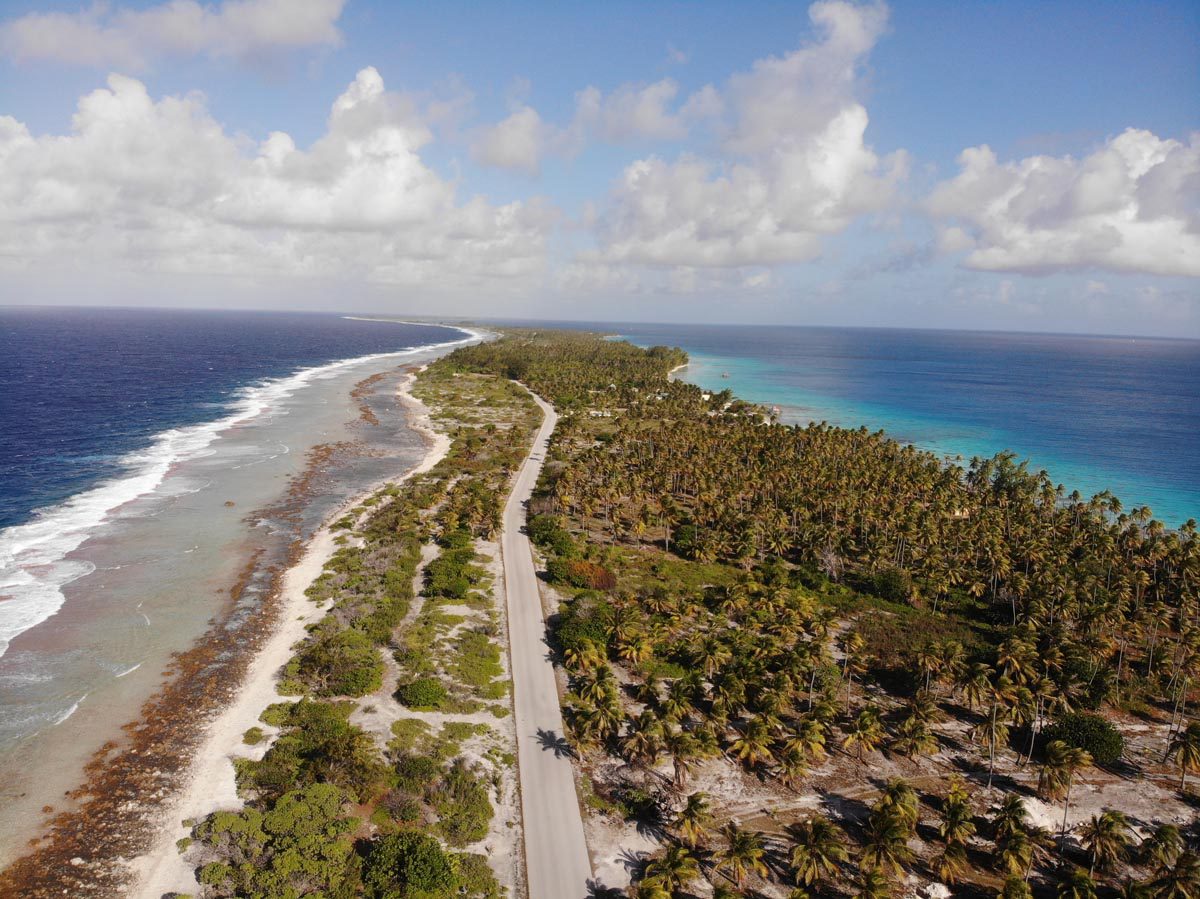
Taputavaka Lighthouse
Also known as Phare de Taputavaka, you’ll find this pyramid-shaped former lighthouse on the reef side of Relais Marama. It’s one of the oldest lighthouses in French Polynesia at nearly 100 years old, looking like a small ancient Mayan pyramid in Mexico.
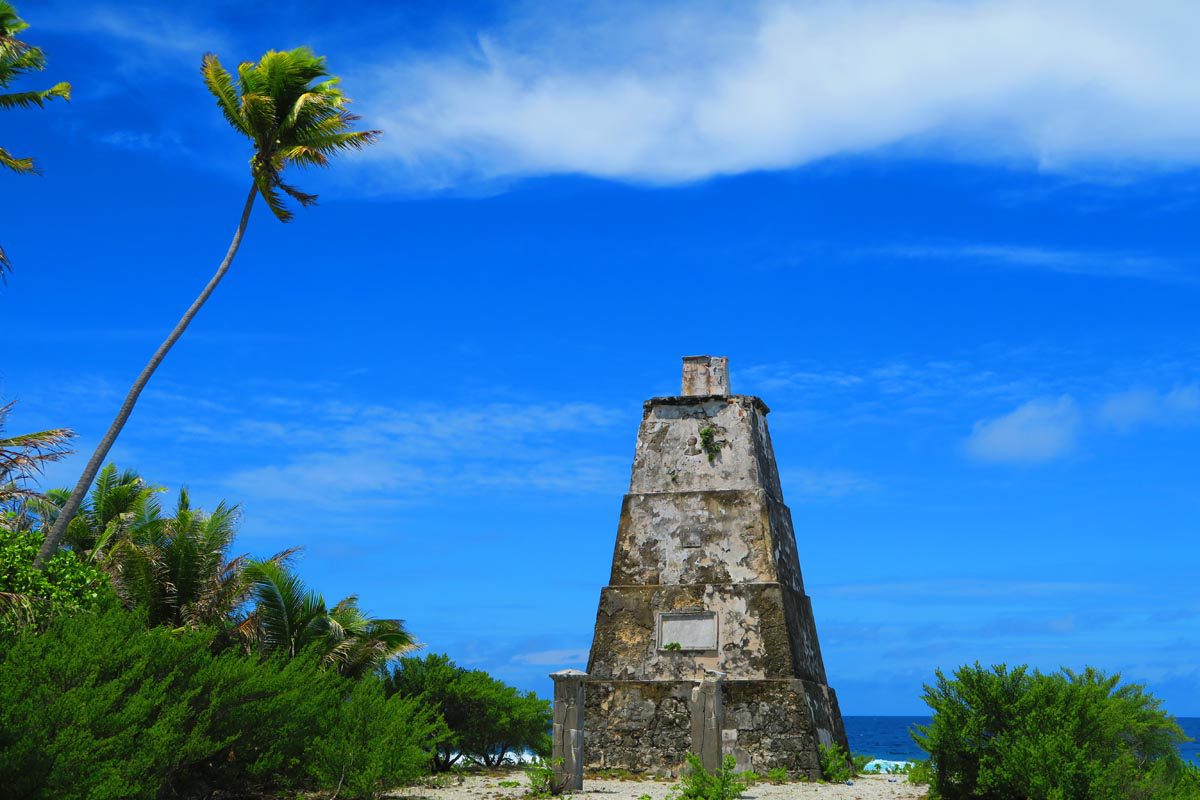
Topaka Lighthouse
Another oddly shaped former lighthouse looks even more like something the ancient Maya could have built. Known as Phare de Topaka, you’ll find it on the reef side just after PK2. The former lighthouse dates back to 1957 and is no longer functioning. During times of emergency, a fire would be lit atop to signal neighboring atolls.
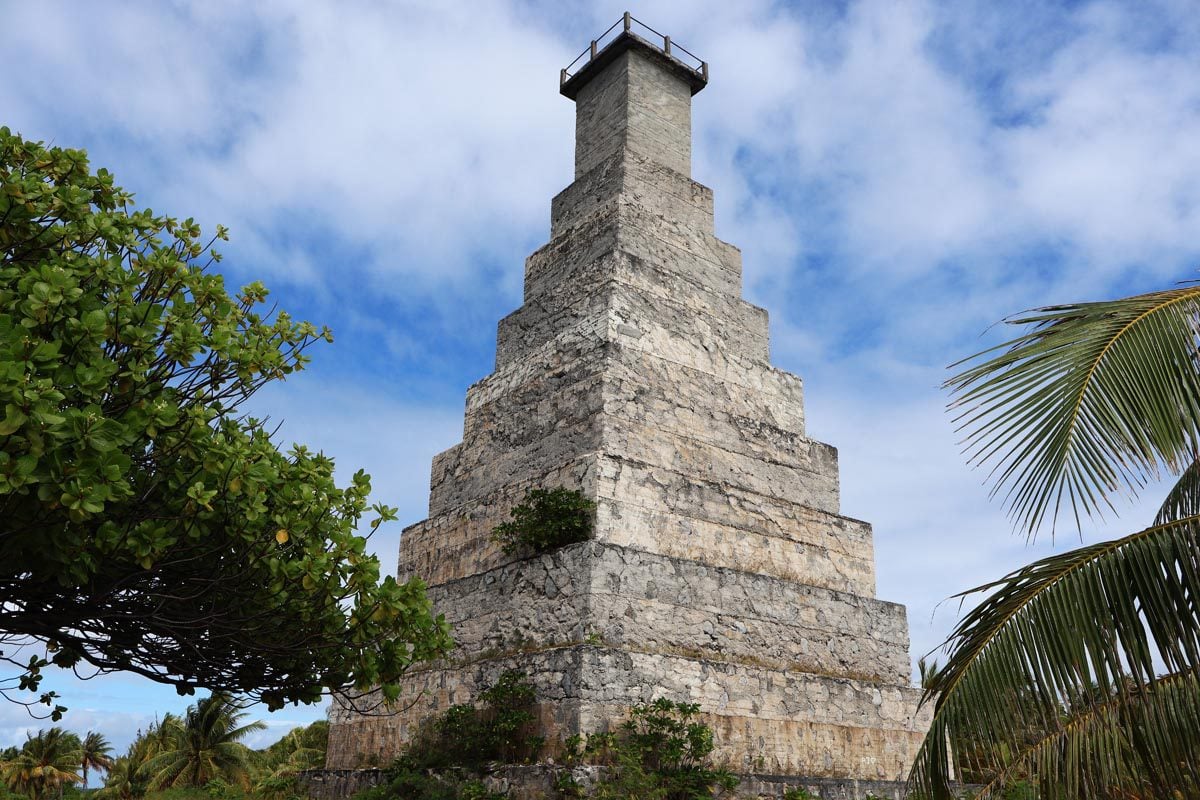
PK9 Beach
Nine kilometers from Rotoava Village lies one of the best beaches in French Polynesia. It’s an adventure to reach PK9 Beach, but it’s well worth the effort. The soft sand, the clear water, and the perfectly-bending coconut palms. This is as good as it gets. The snorkeling is decent when the lagoon is calm, with excellent visibility, a sandy bottom, and maybe a few sharks passing by. Enjoy paradise.
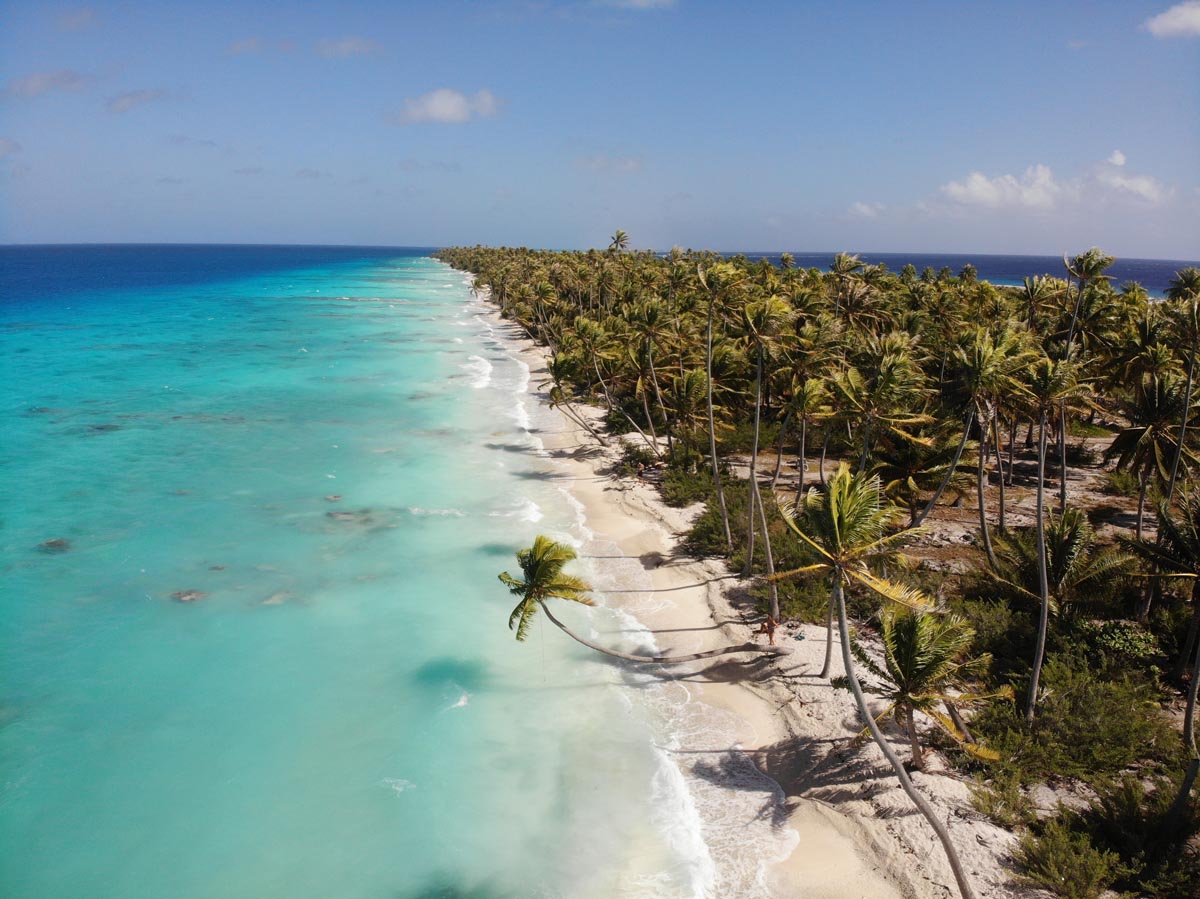
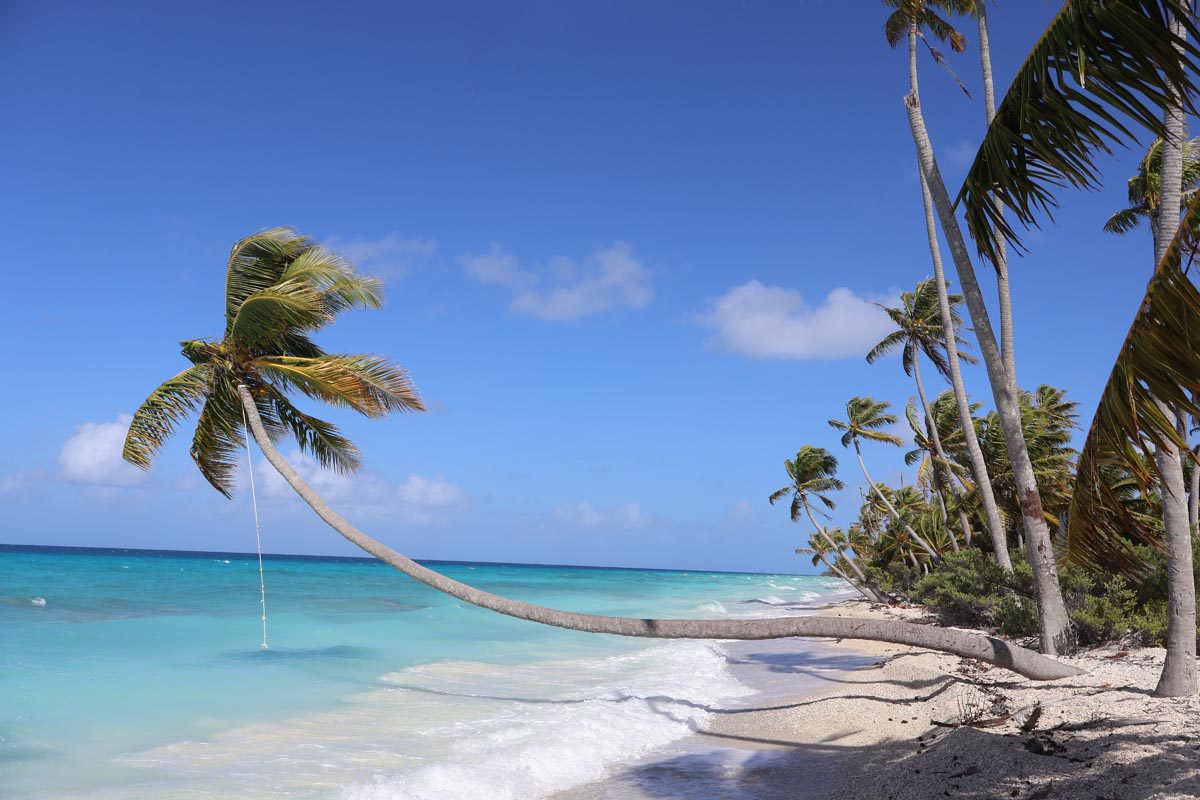
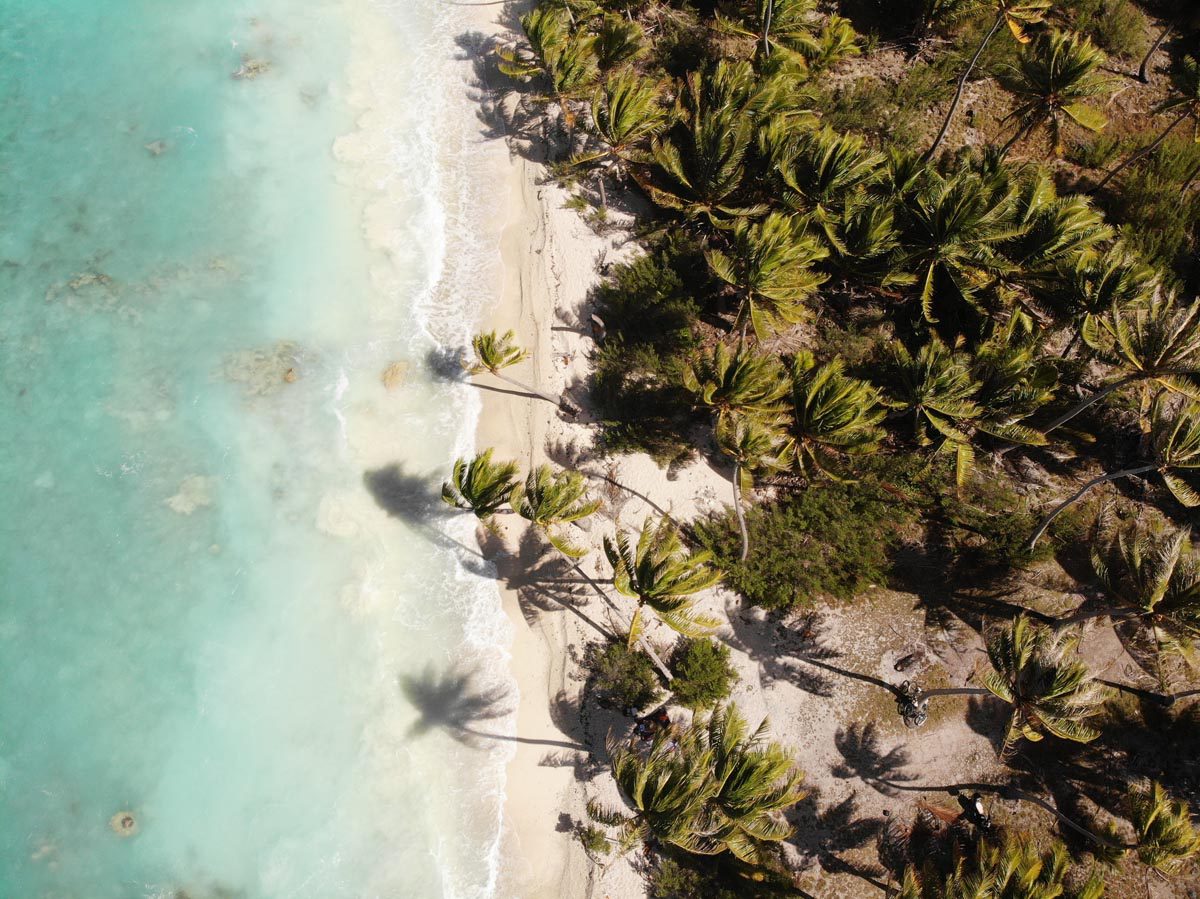
To reach PK9 Beach, ride north of the village towards the airport, after which the paved road turns into a dirt road. You’ll pass by one or two houses, wild reef-side beaches, and maybe a couple of wasps trying to check you out. On your right side, look out for the PK9 marker and turn left. It’s a 9-kilometer journey from Rotoava, and you’ll have to bring everything you need for the day (water, beach gear, etc). You won’t want to leave this place.
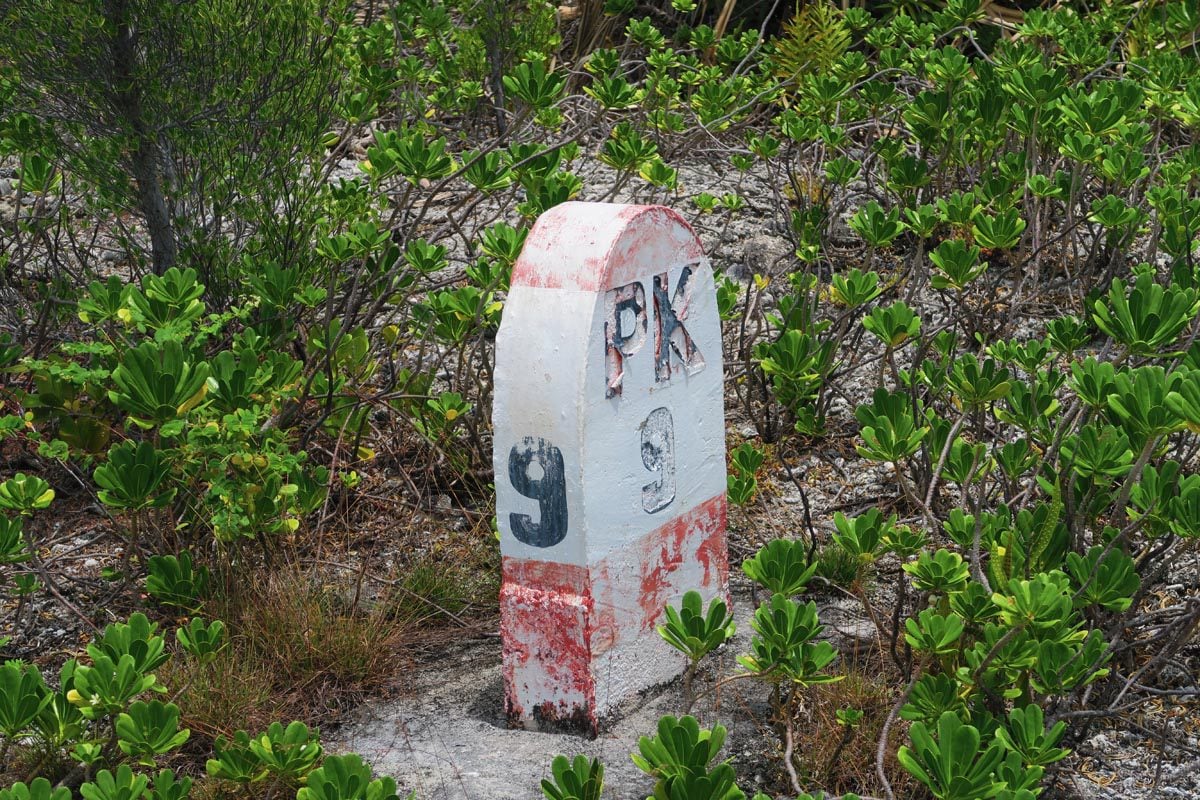
Marae Tahiti Vairau
A little bit further west of PK9 beach, turn left to get to this ancient Polynesian temple. It’s not worth cycling all the way here just for this, but if you’re already here, you might as well see. The finest ancient marae are in the Marquesas Islands.
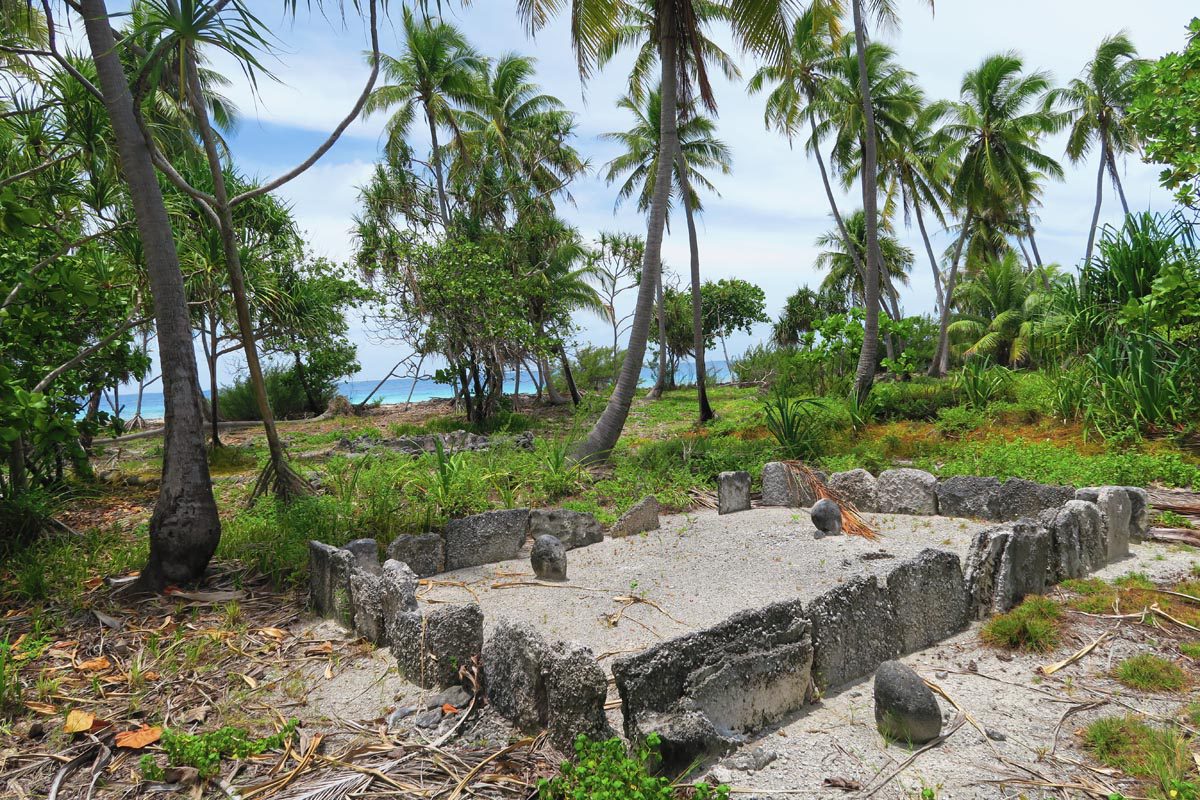
Garuae Pass Lookout
The dirt road ends at Garuae Pass, also known as the ‘north pass’. It’s the widest lagoon pass in French Polynesia, where you’ll do most of your diving. It’s unsafe to swim here, but if you visit during low tide, you might bump into local harpoon fishermen.
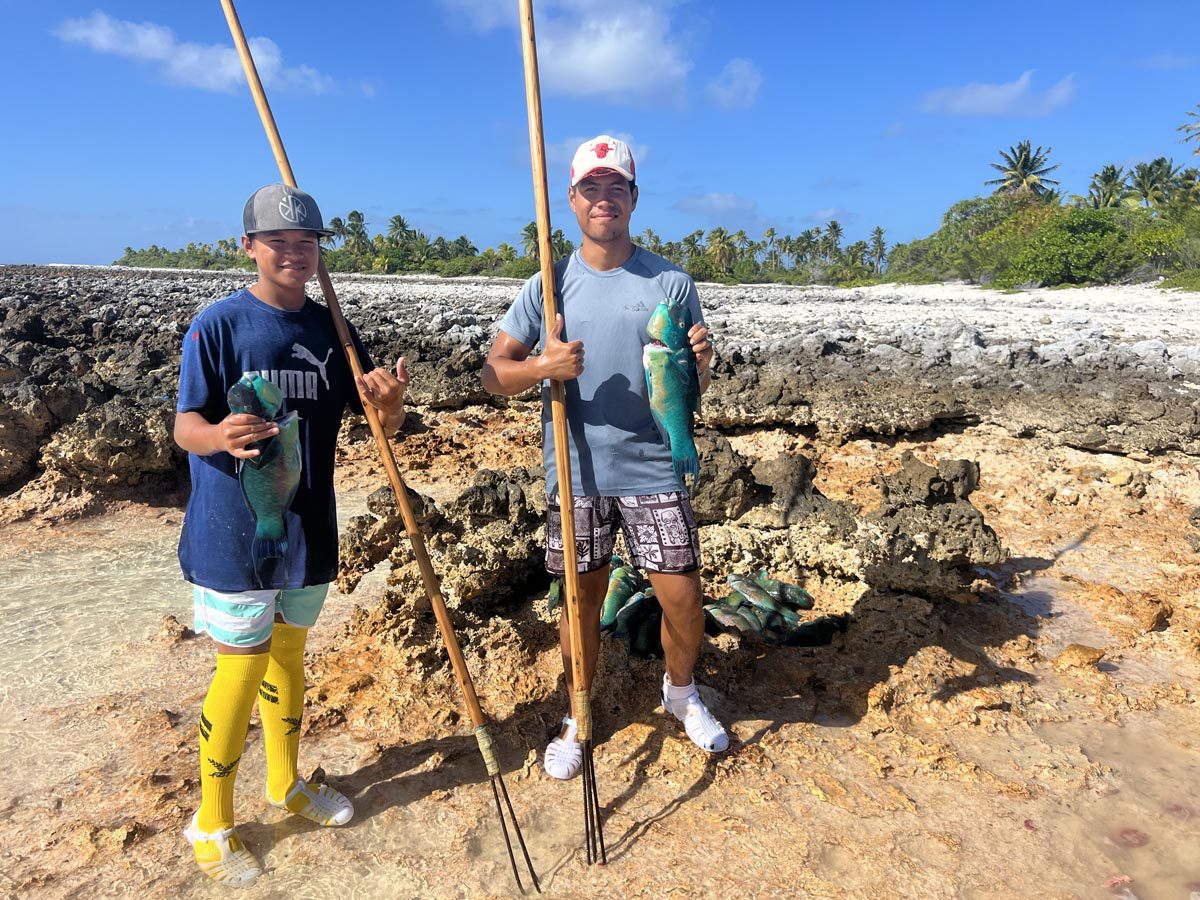
day trip to the Pink Sand Beaches & the South Pass
Joining a guided excursion to Fakarava South is a great adventure. This full-day trip begins with a 90-minute boat ride to the southern end of the atoll, during which you’ll pass millions of coconut palms and a handful of pearl farms.
Once you reach the south pass, you’ll have time to snorkel in the beautiful coral garden as the crew prepares a BBQ lunch. After lunch, explore the abandoned village, once the main settlement in Fakarava. Check out the Catholic church, which has been around since 1874 and is made entirely from coral lime. It’s the oldest in the Tuamotus and one of the first Catholic churches in French Polynesia.
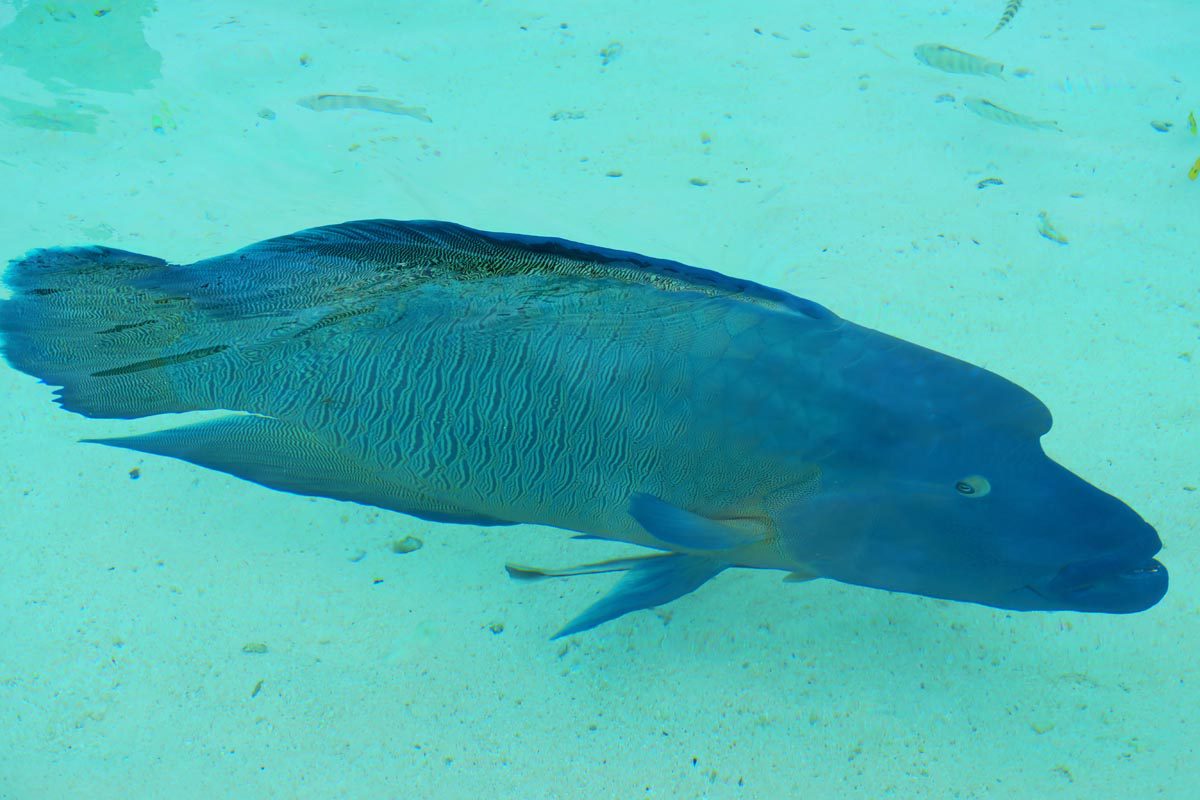
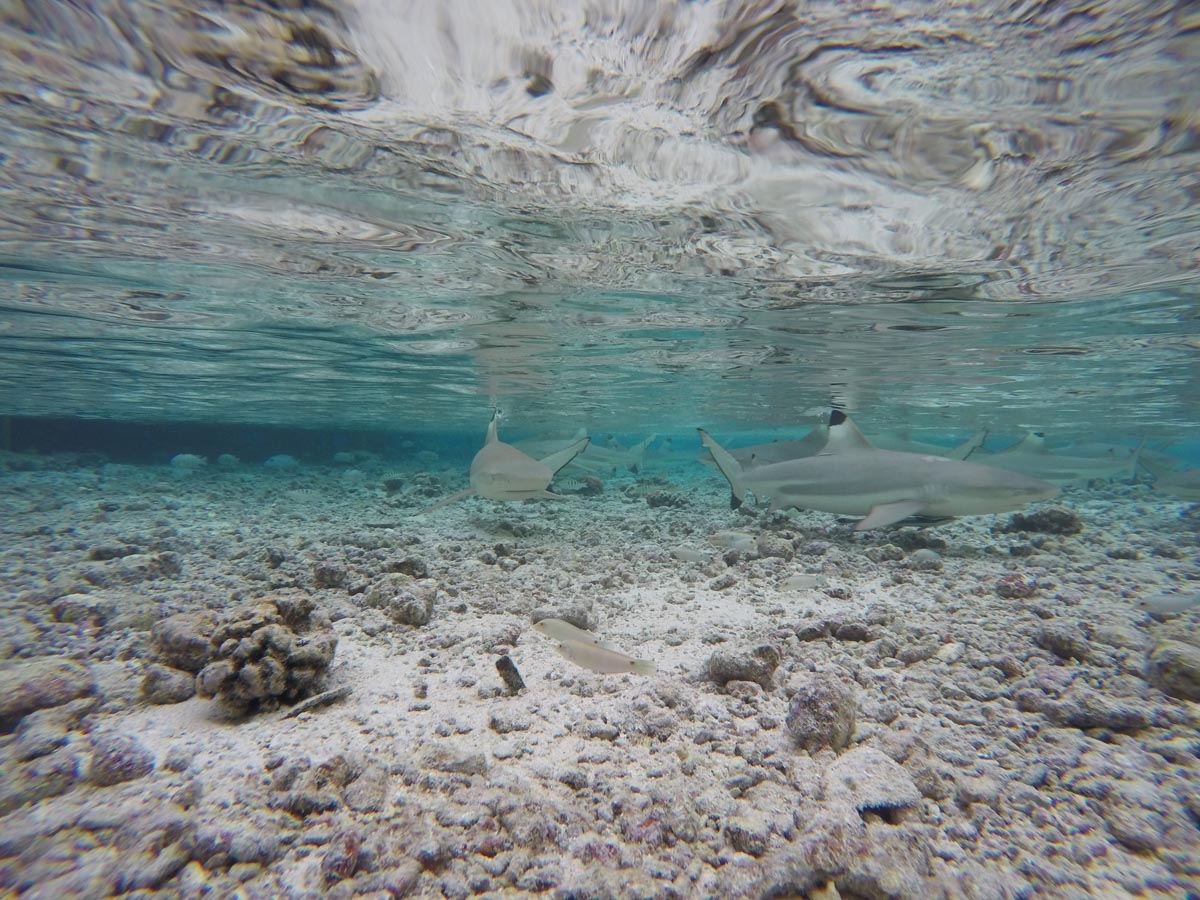
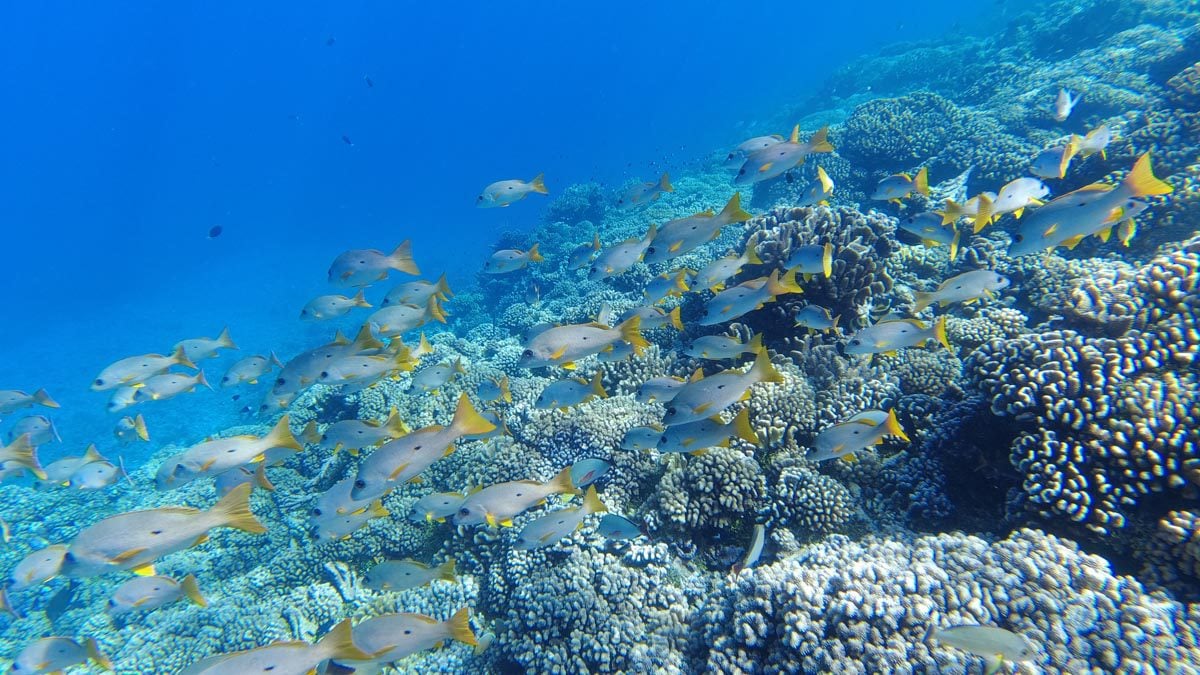
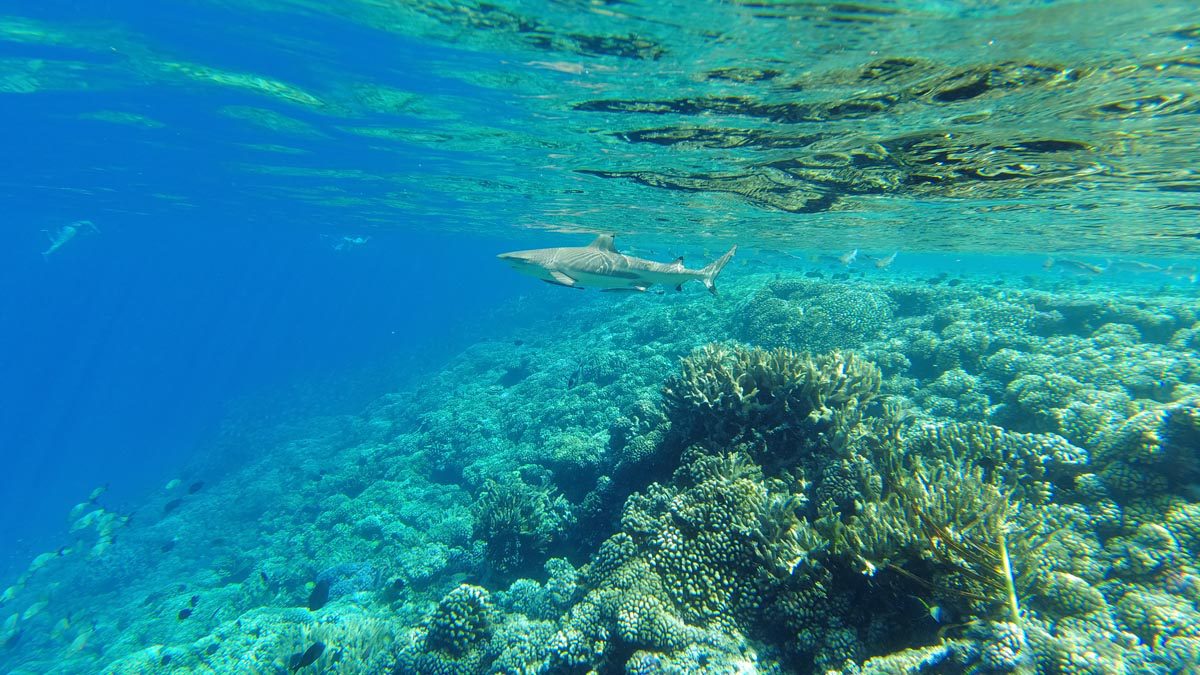
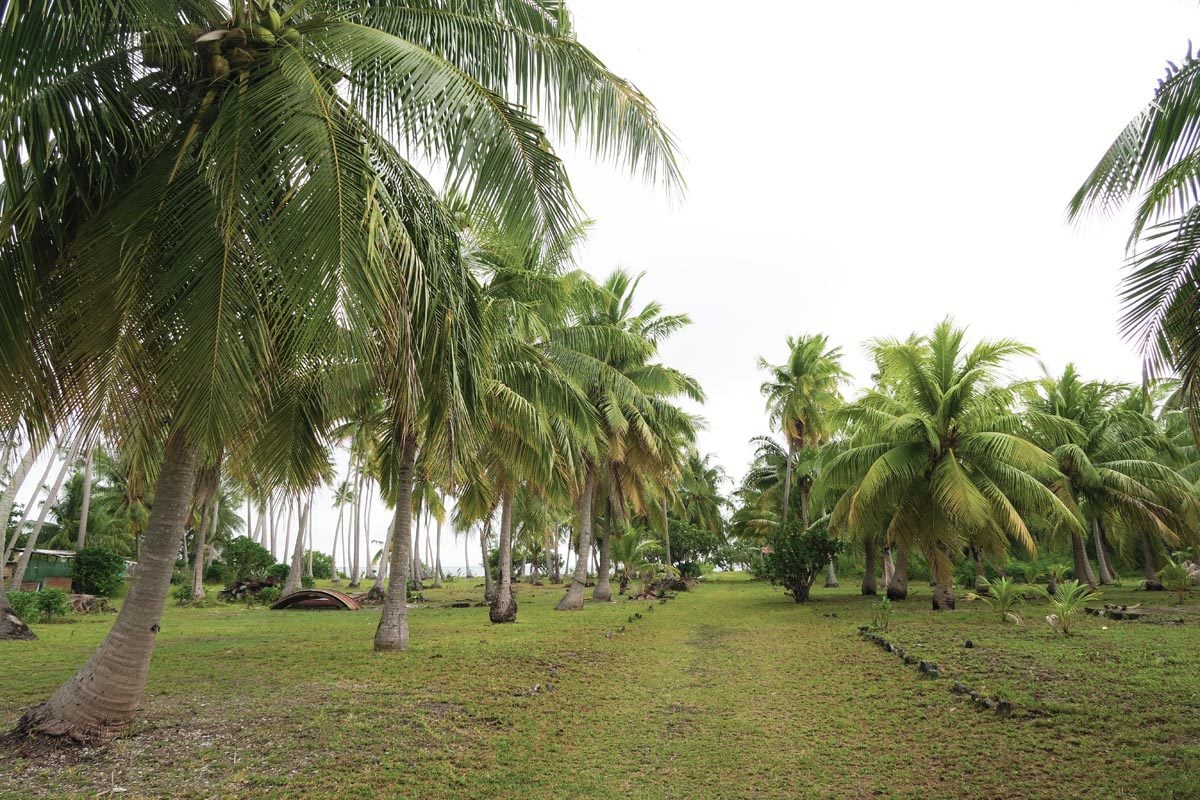
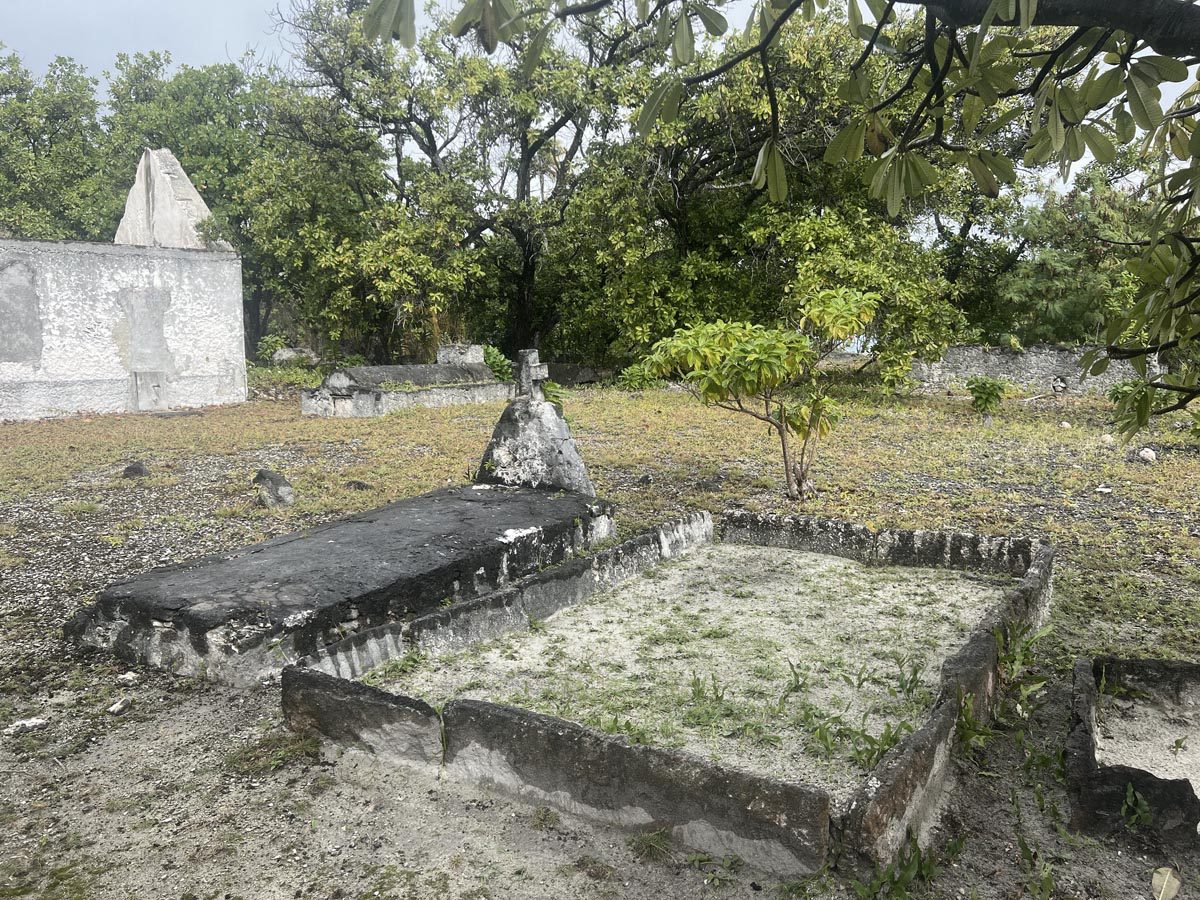
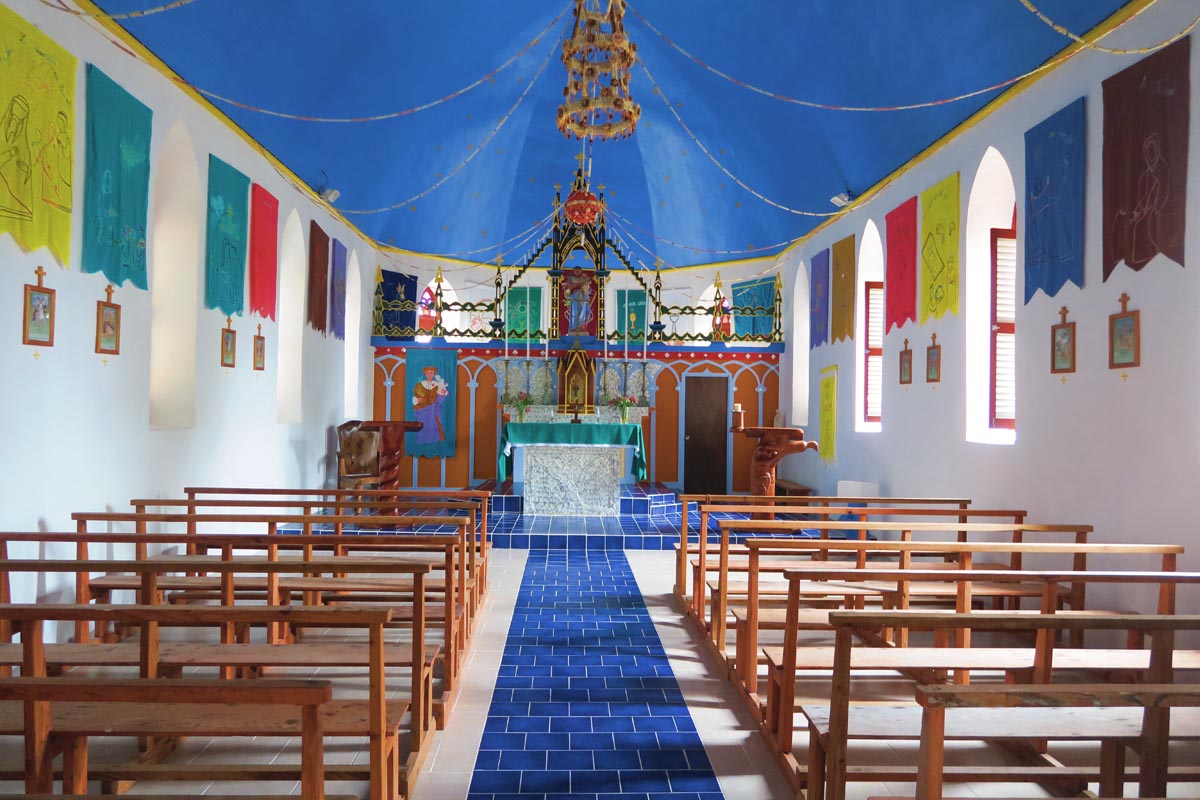
Down the street, you’ll pass by the former school, now taken over by nature. It closed its doors when importing a teacher for just one child didn’t make economic sense. Further down, there’s even a tiny prison, well, what’s left of this single cell.
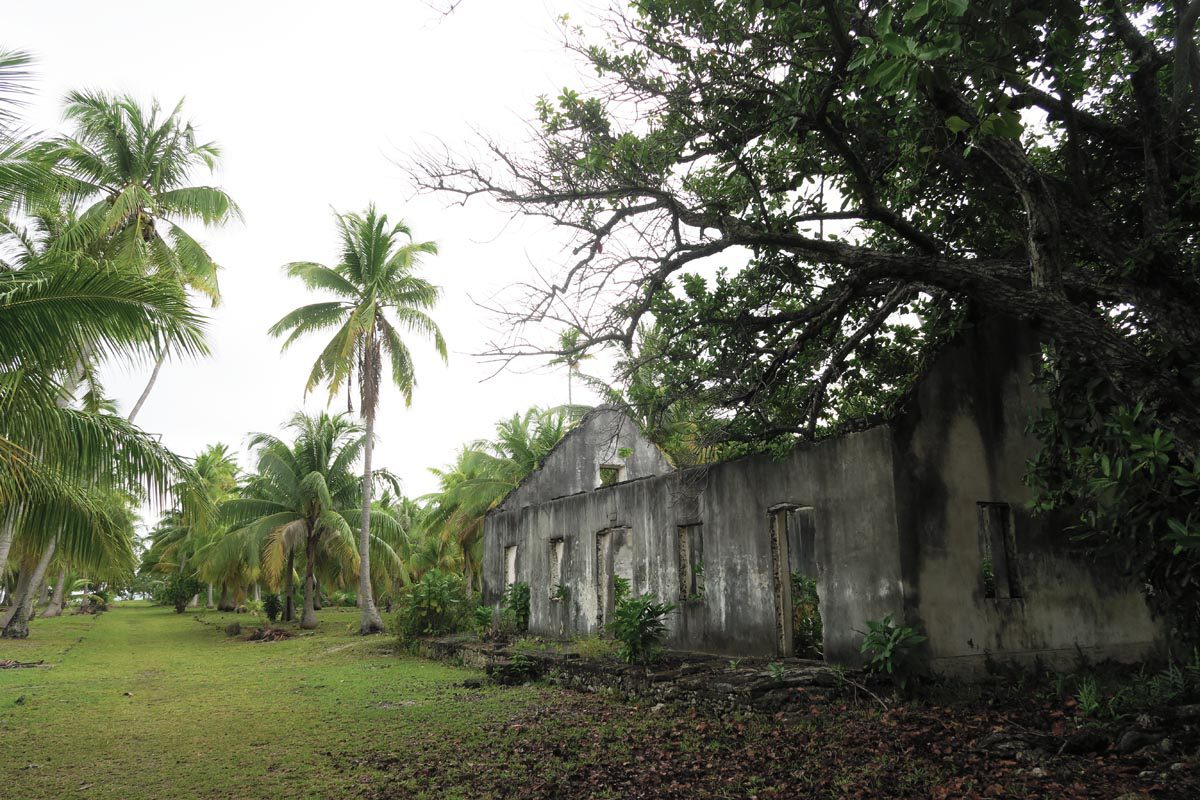
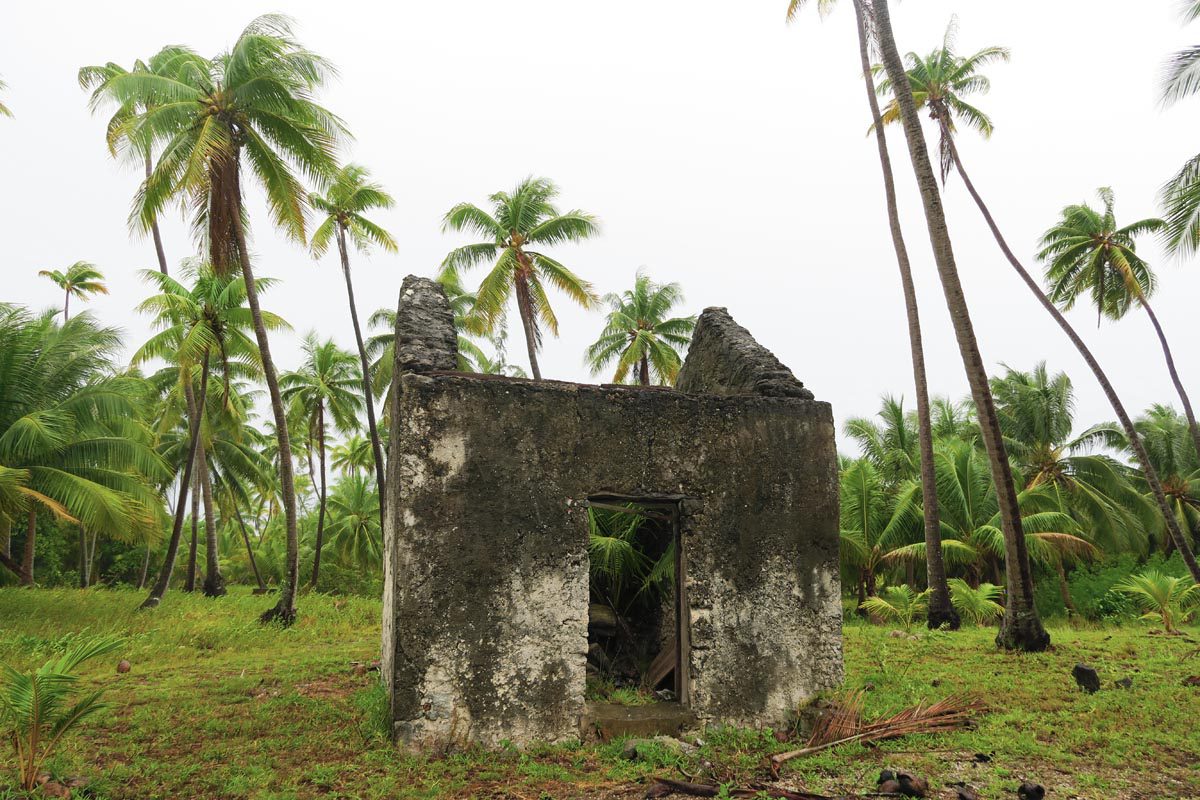
You’ll end this incredible lagoon tour in style with a visit to one of the area’s pink sand beaches. The degree of “pinkness” depends on the sun, but in any case, we’re talking about an authentic slice of beach heaven.
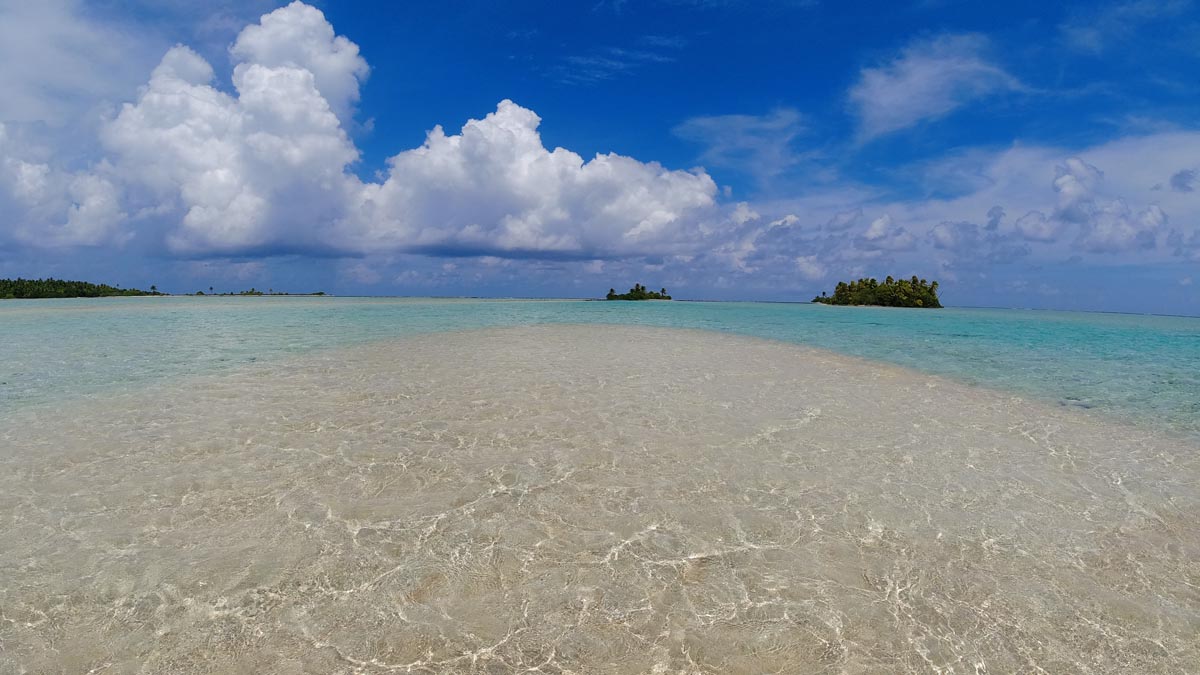
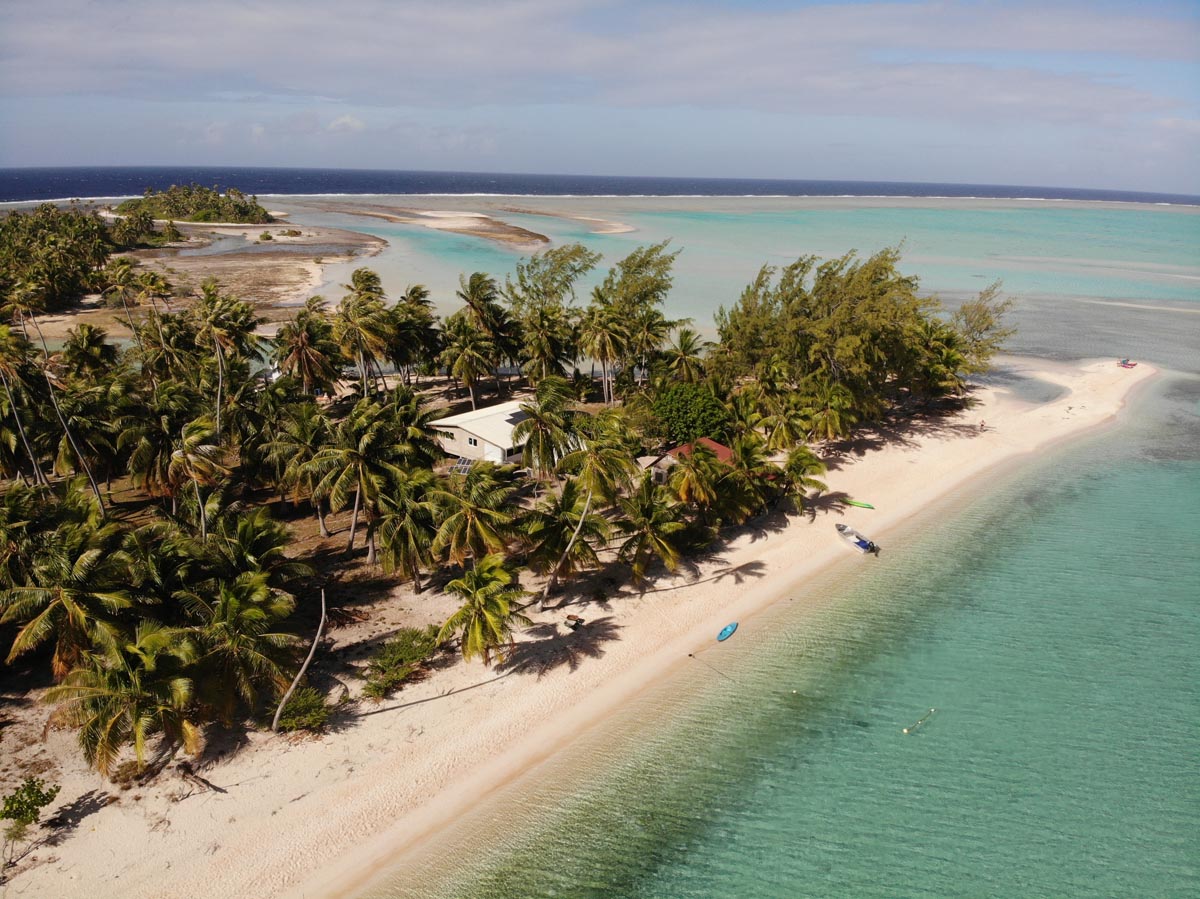
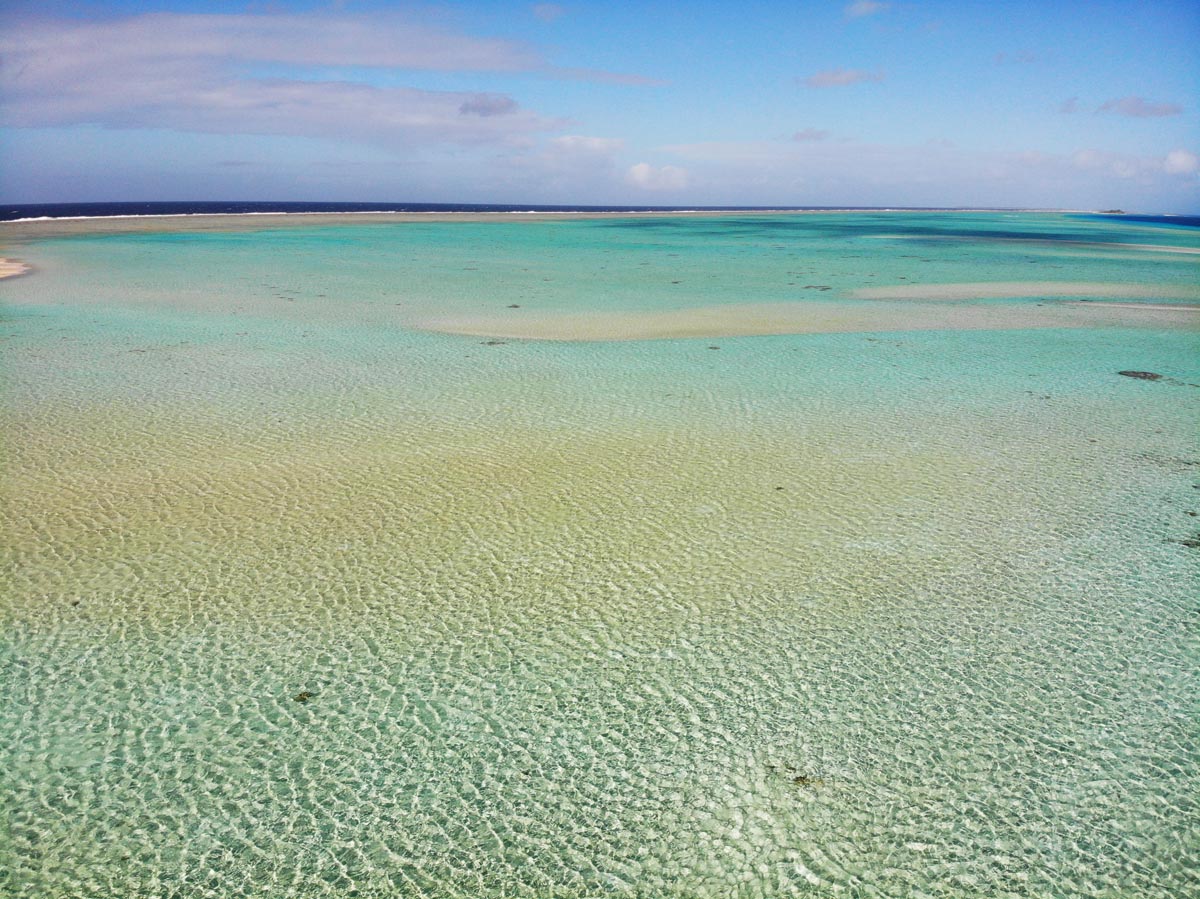
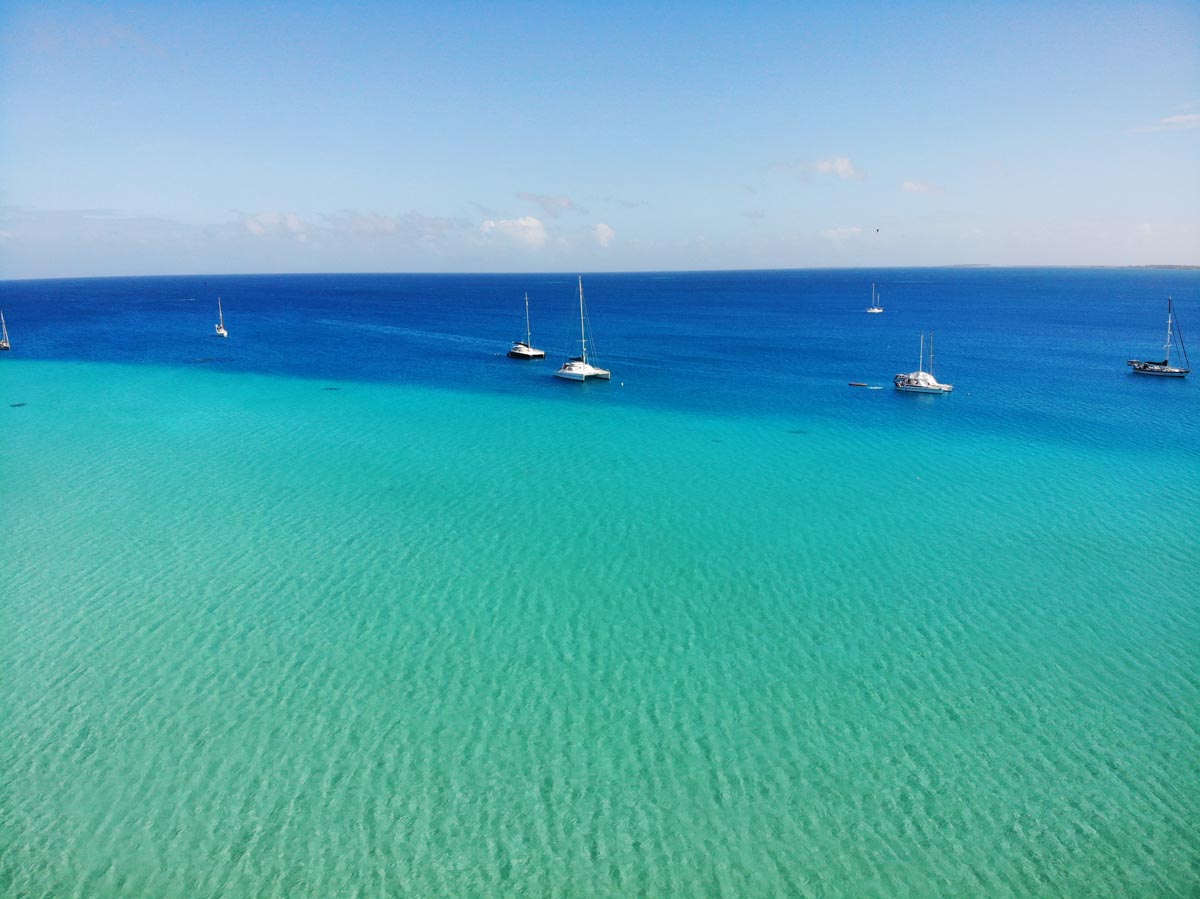
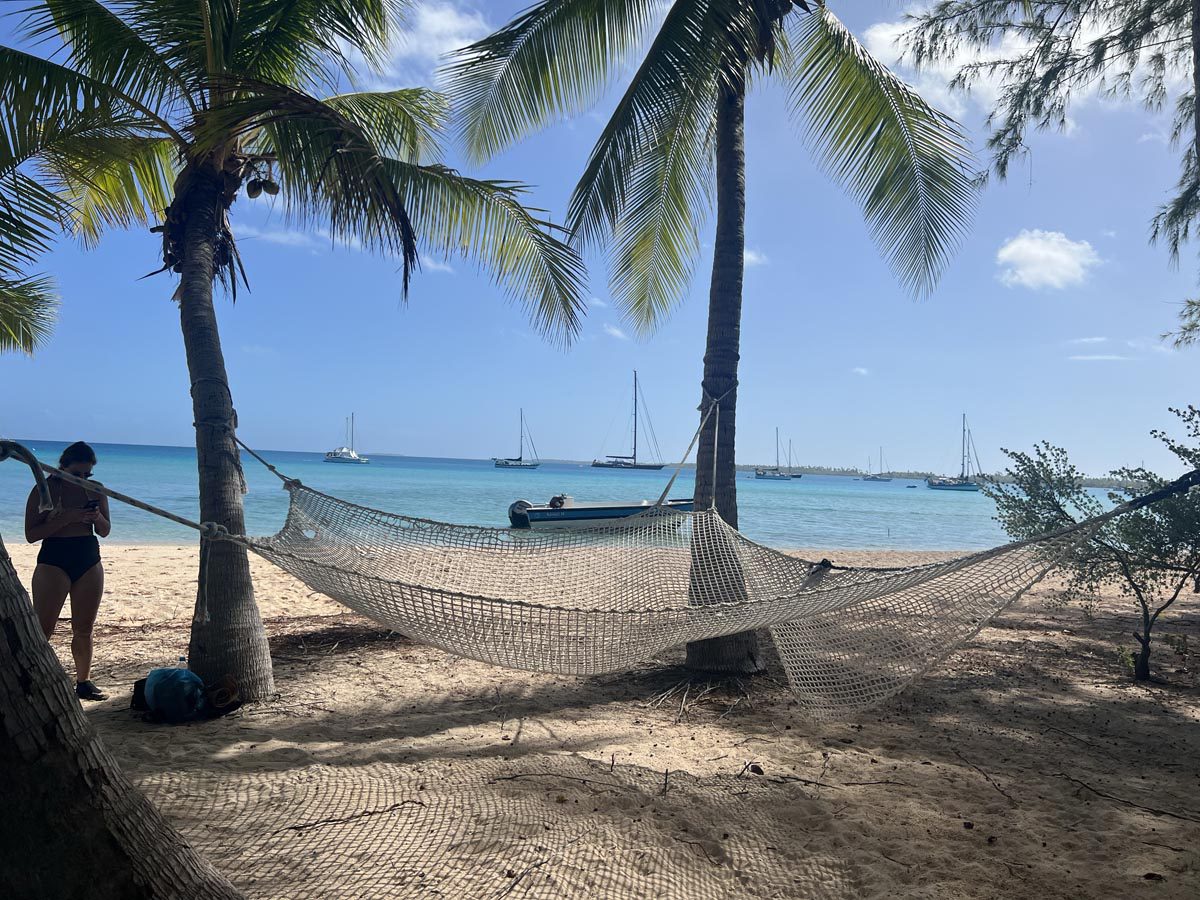
Logistics: prepare to leave after breakfast and return between 4-5 pm. It takes about 90 minutes by speed boat in each direction. Consider taking or bringing medication if you suffer from motion sickness or if the lagoon is choppy. Wear reef shoes and bring snorkeling gear (including fins if you have one), a towel, something warm for the boat ride, a light rain jacket if rain is forecasted, beach gear, and sun protection.
You might be able to skip the snorkeling part of the tour and book a single dive. Mention this at the time of booking the lagoon tour and hope there’s an open spot.
Fakarava’s Blue Lagoon
The Blue Lagoon in Fakarava is not nearly as hyped as Rangiroa’s Blue Lagoon, but it’s another guided excursion possible for adventure-seekers. Inquire with your hosts if any operator plans an outing to the Blue Lagoon.
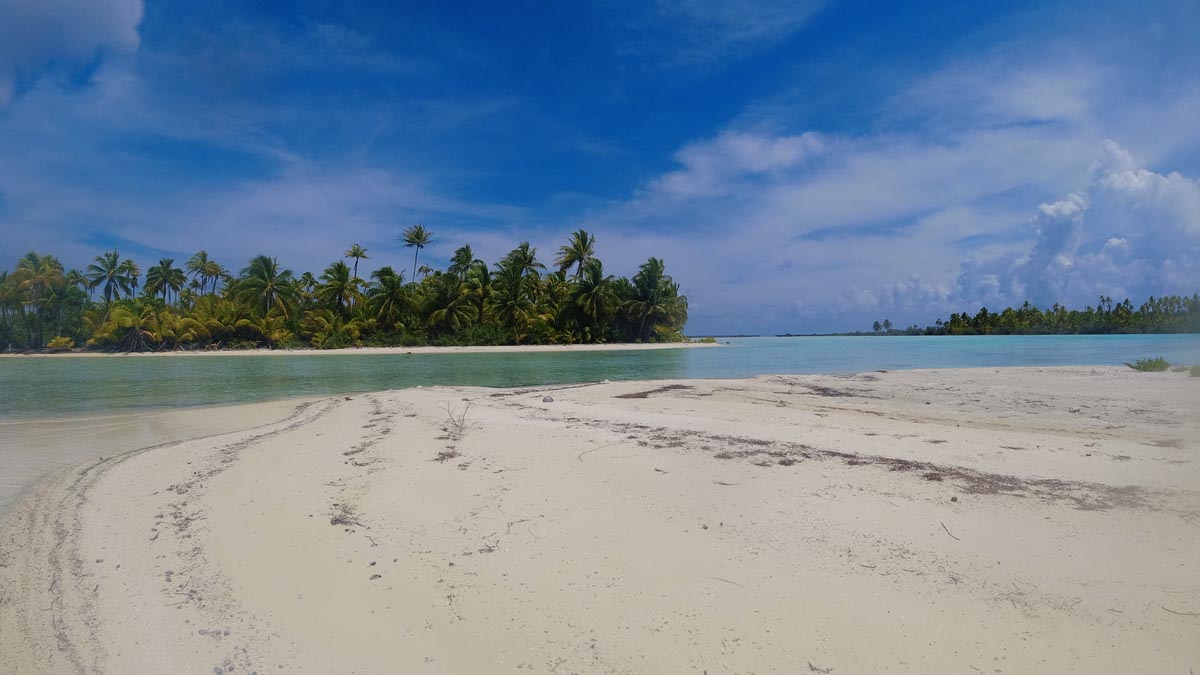
What’s Next?
I hope you’ve found this Fakarava Travel Guide helpful. For information about Fakarava and French Polynesia, check out these travel guides.
Tahiti, Tailor Made!
The Islands of Tahiti are among the last places to be colonized by mankind, 118 islands, each with its unique personality.
Get expert advice and assistance with planning your trip to the destination where tropical dreams come true!
